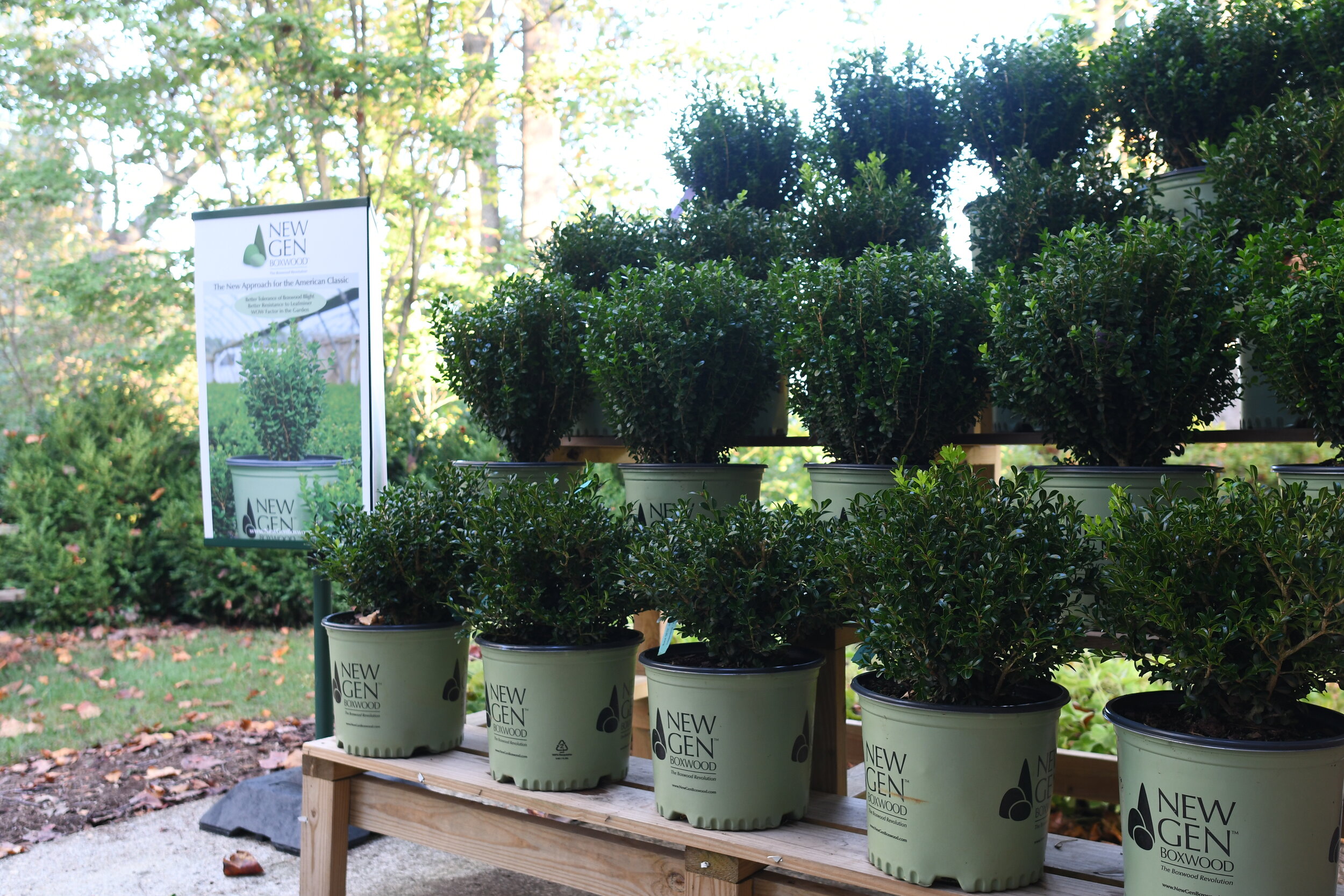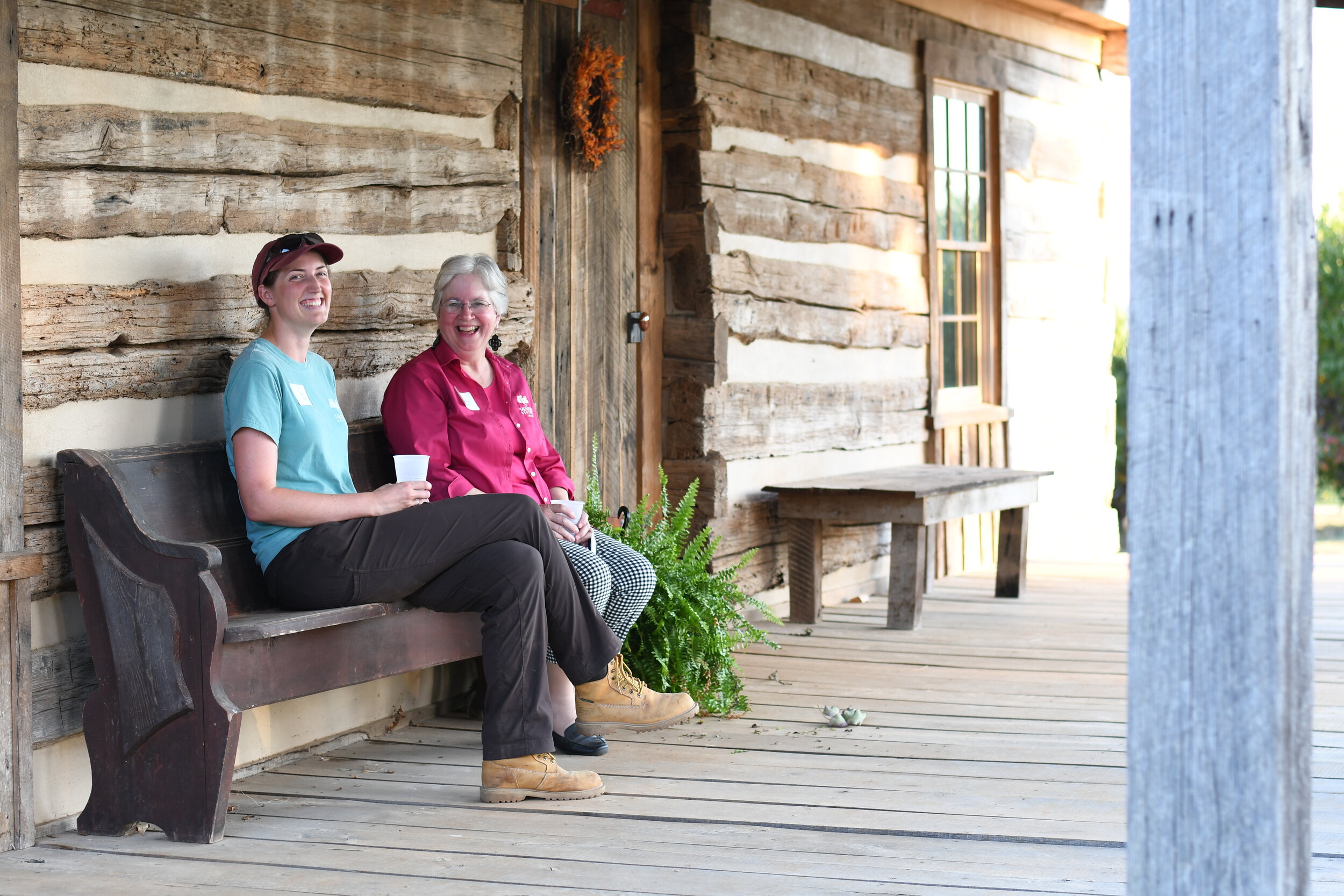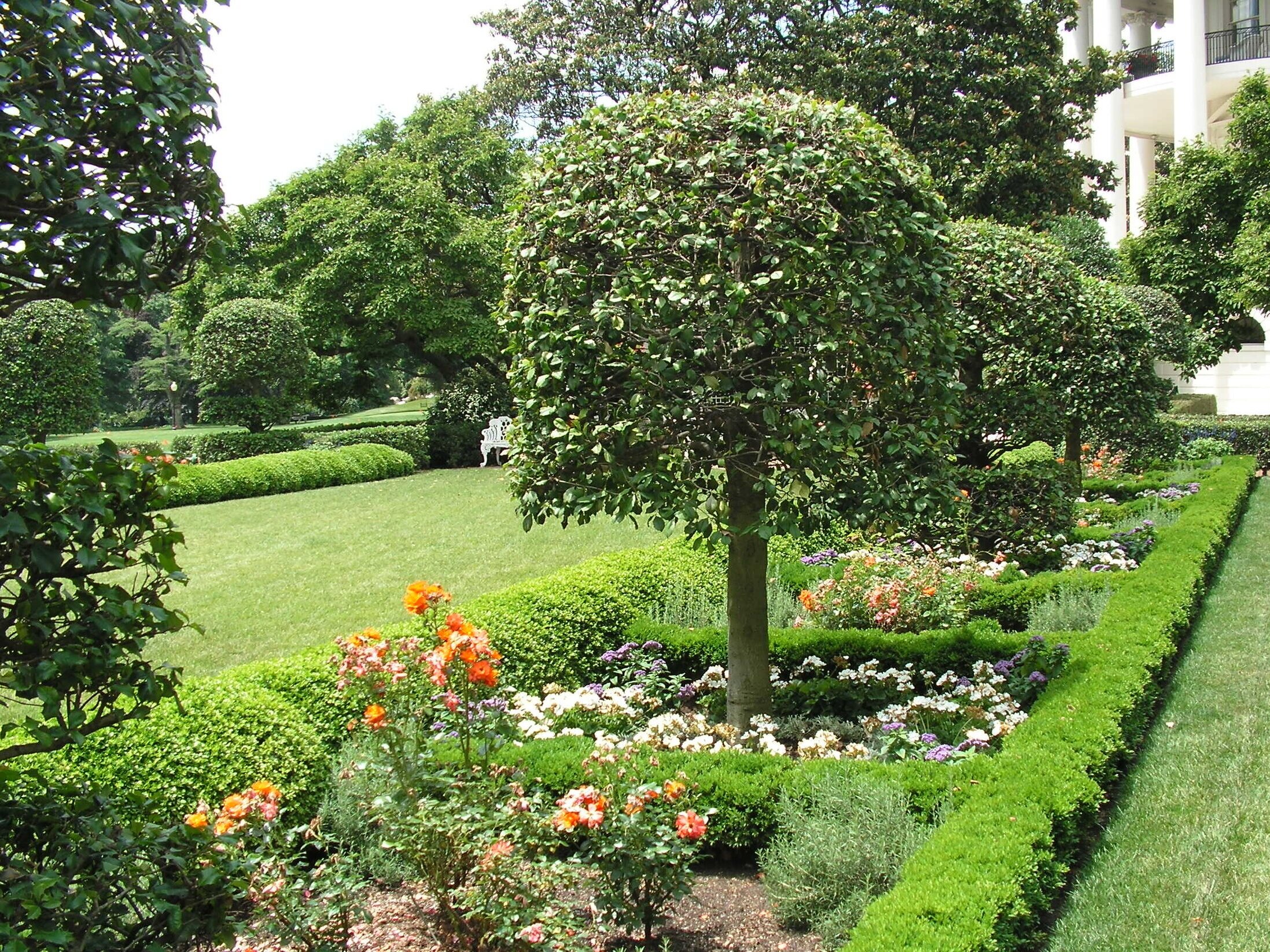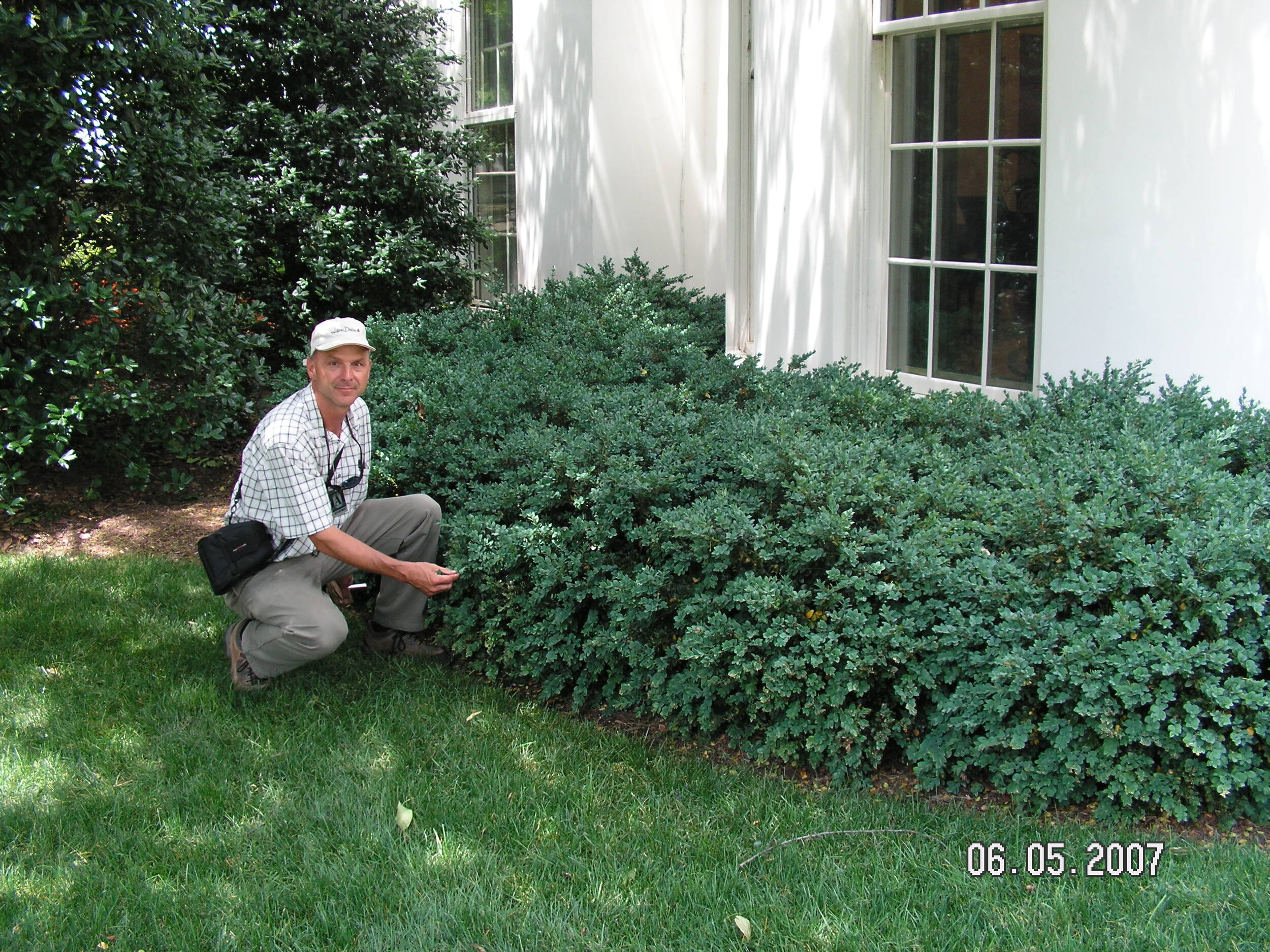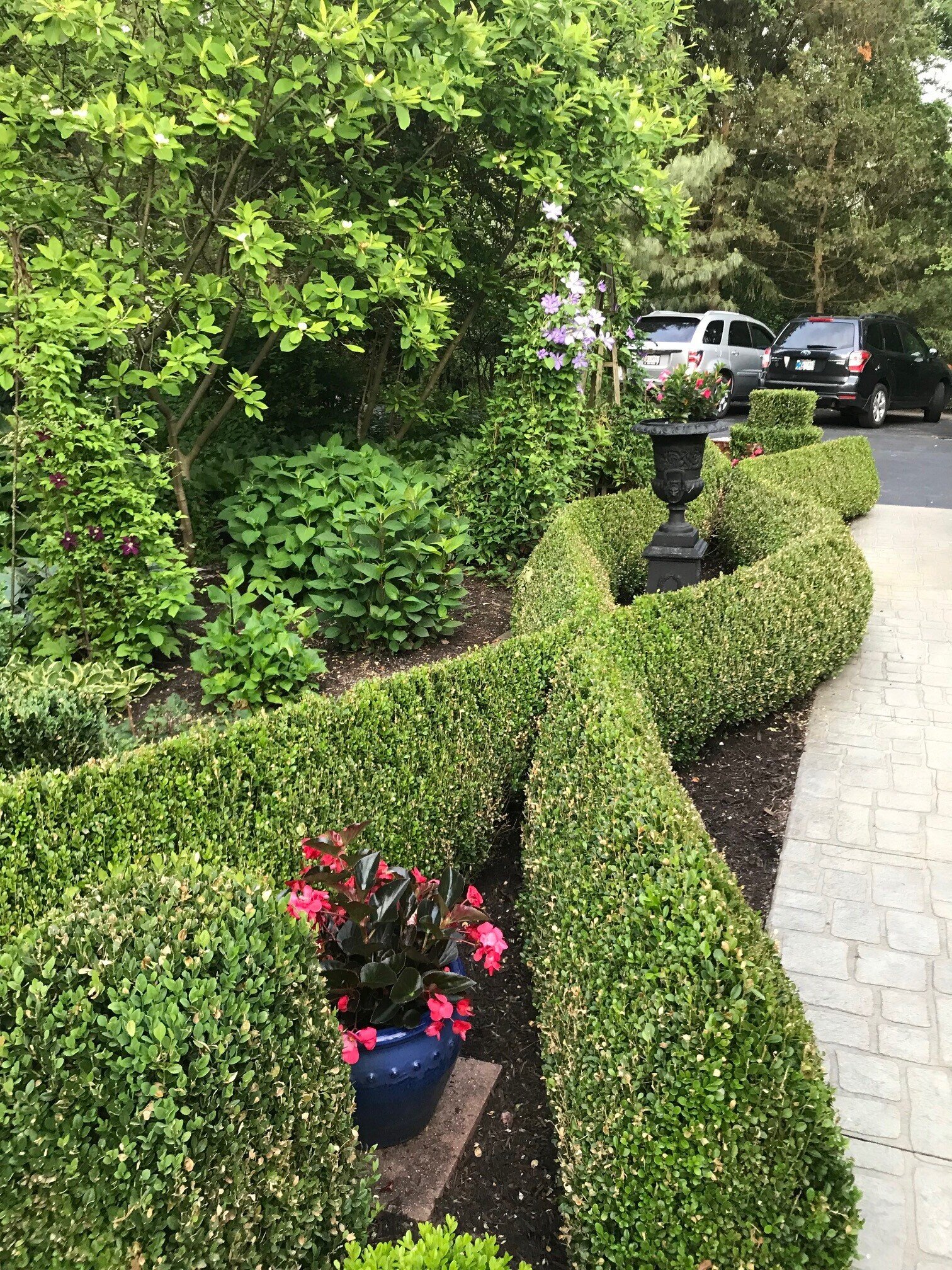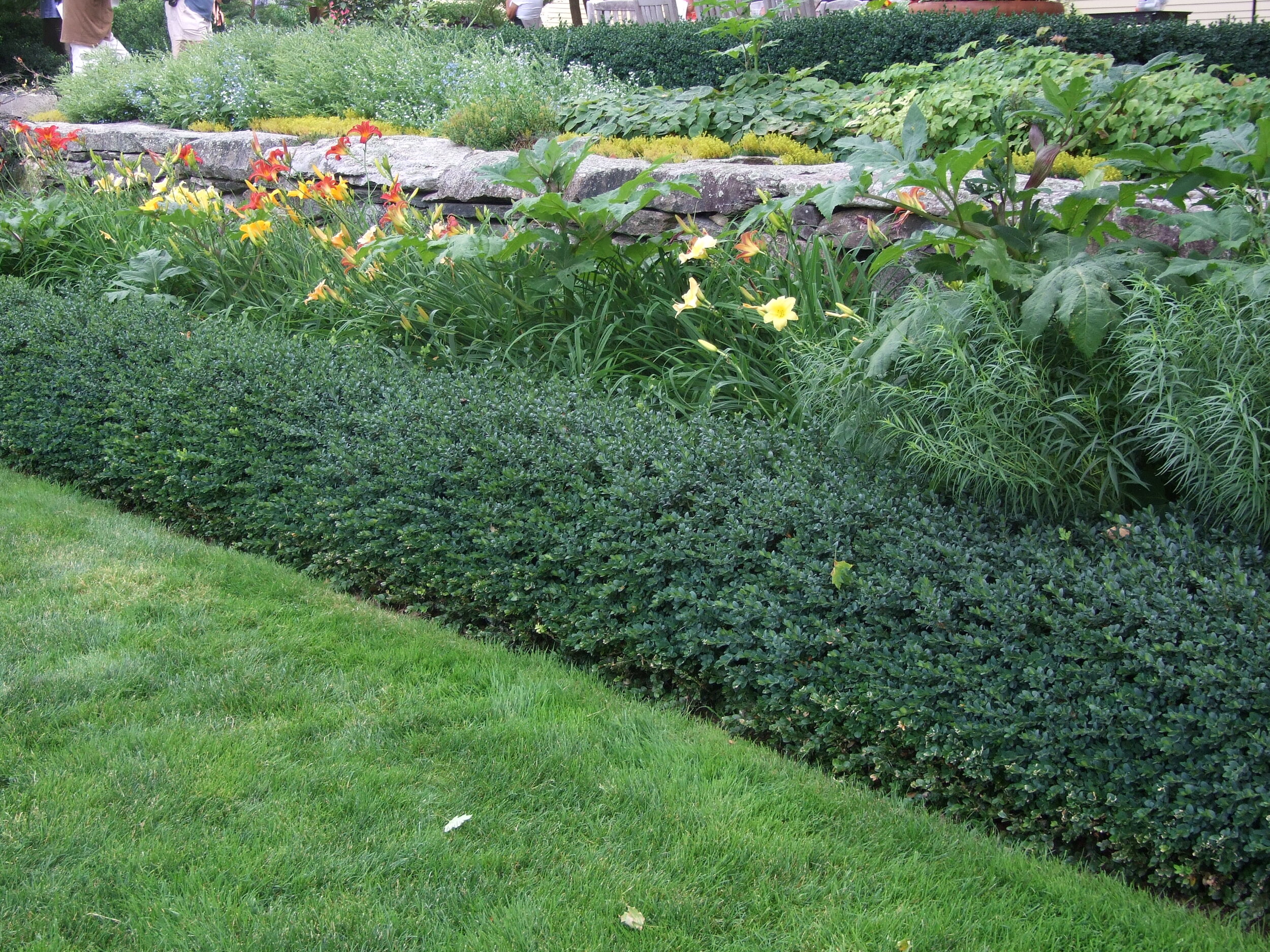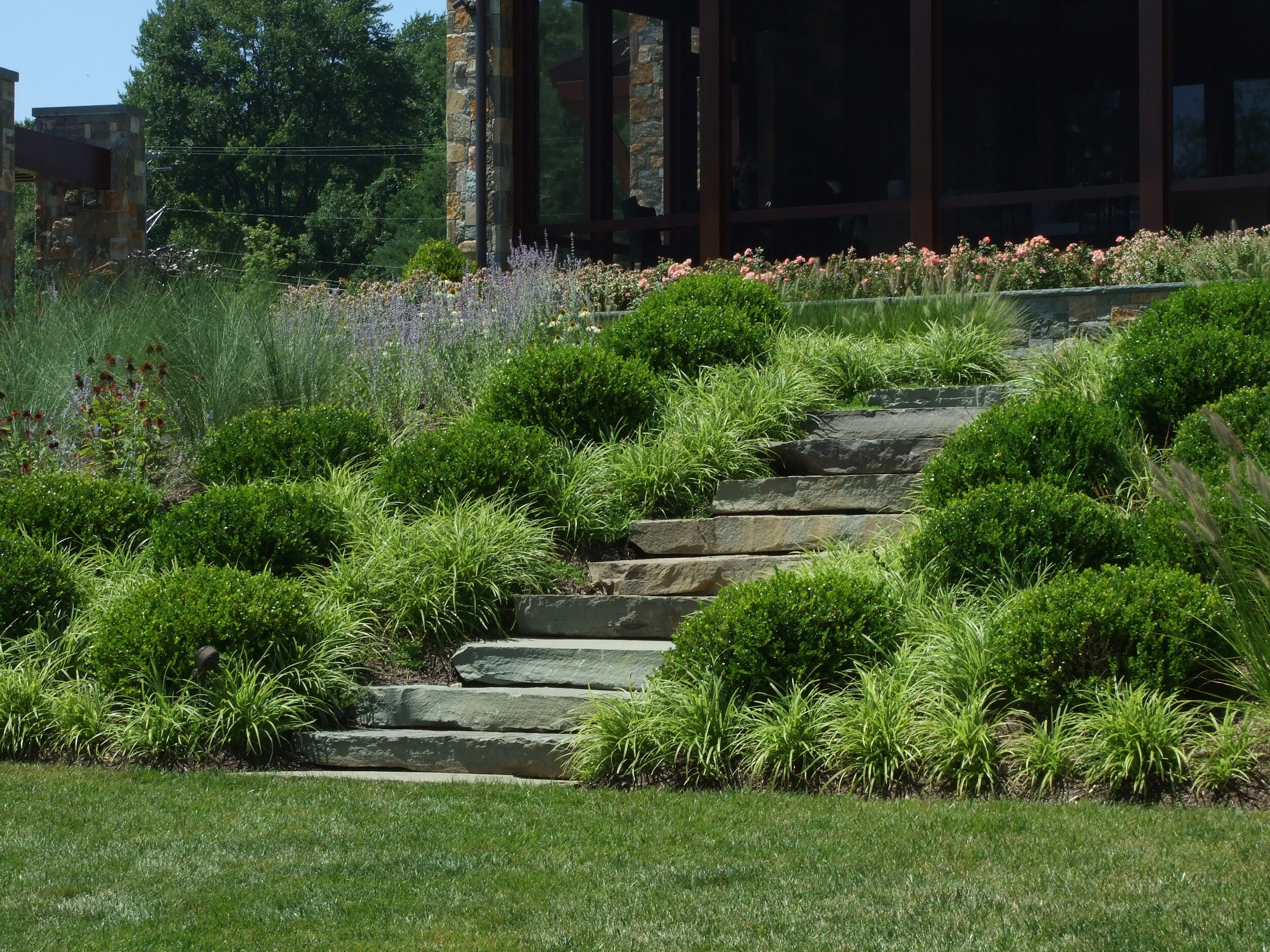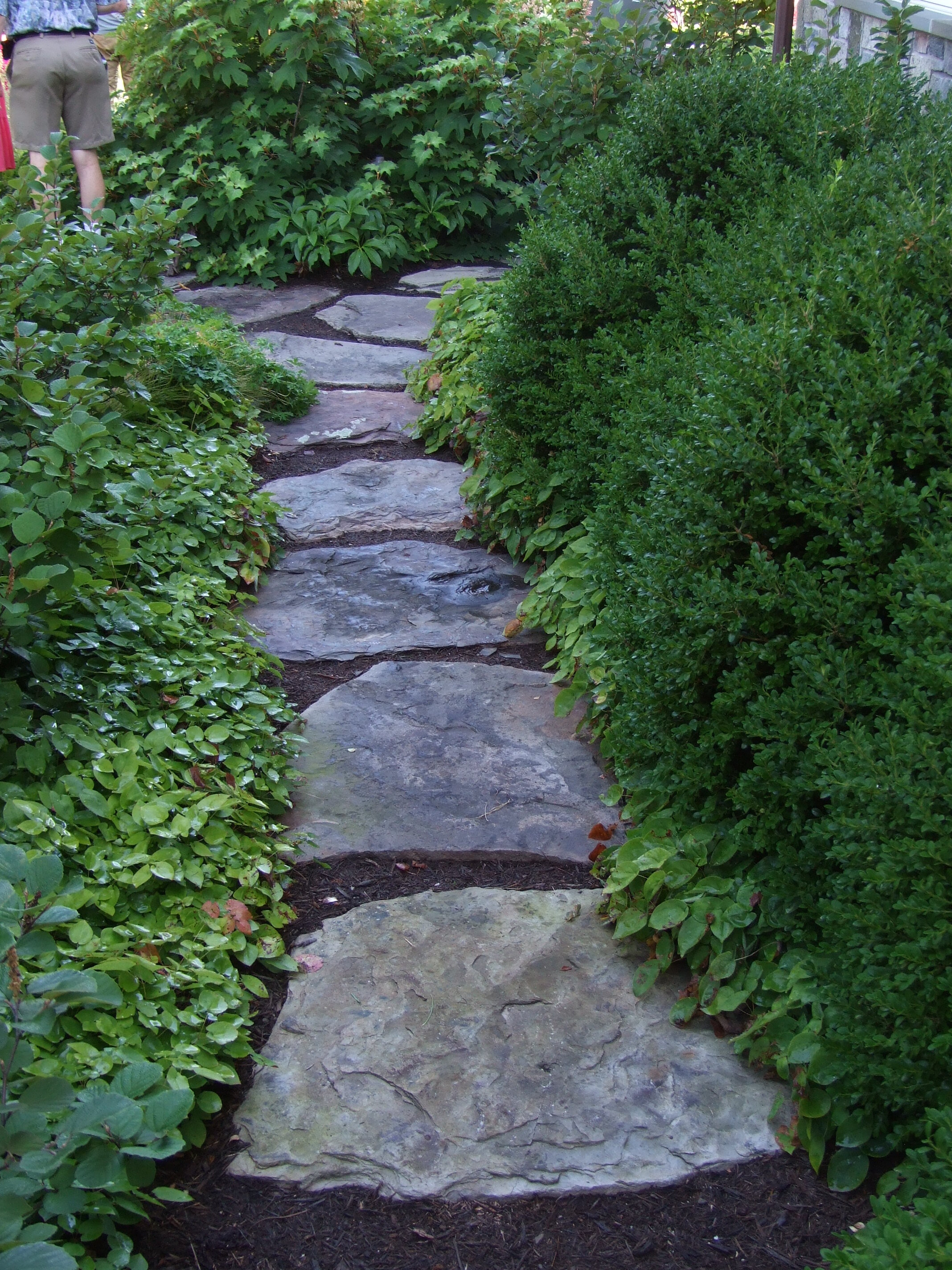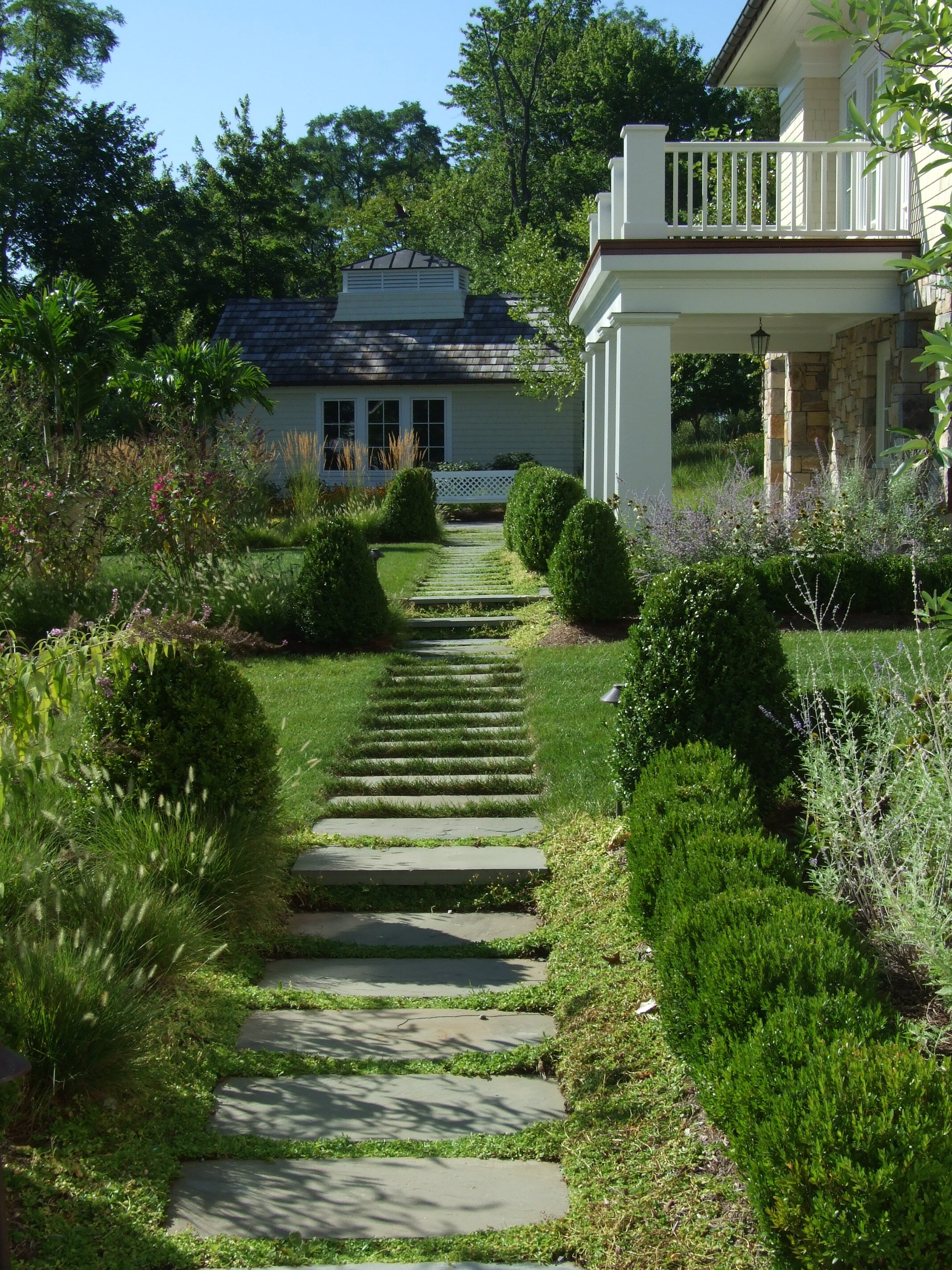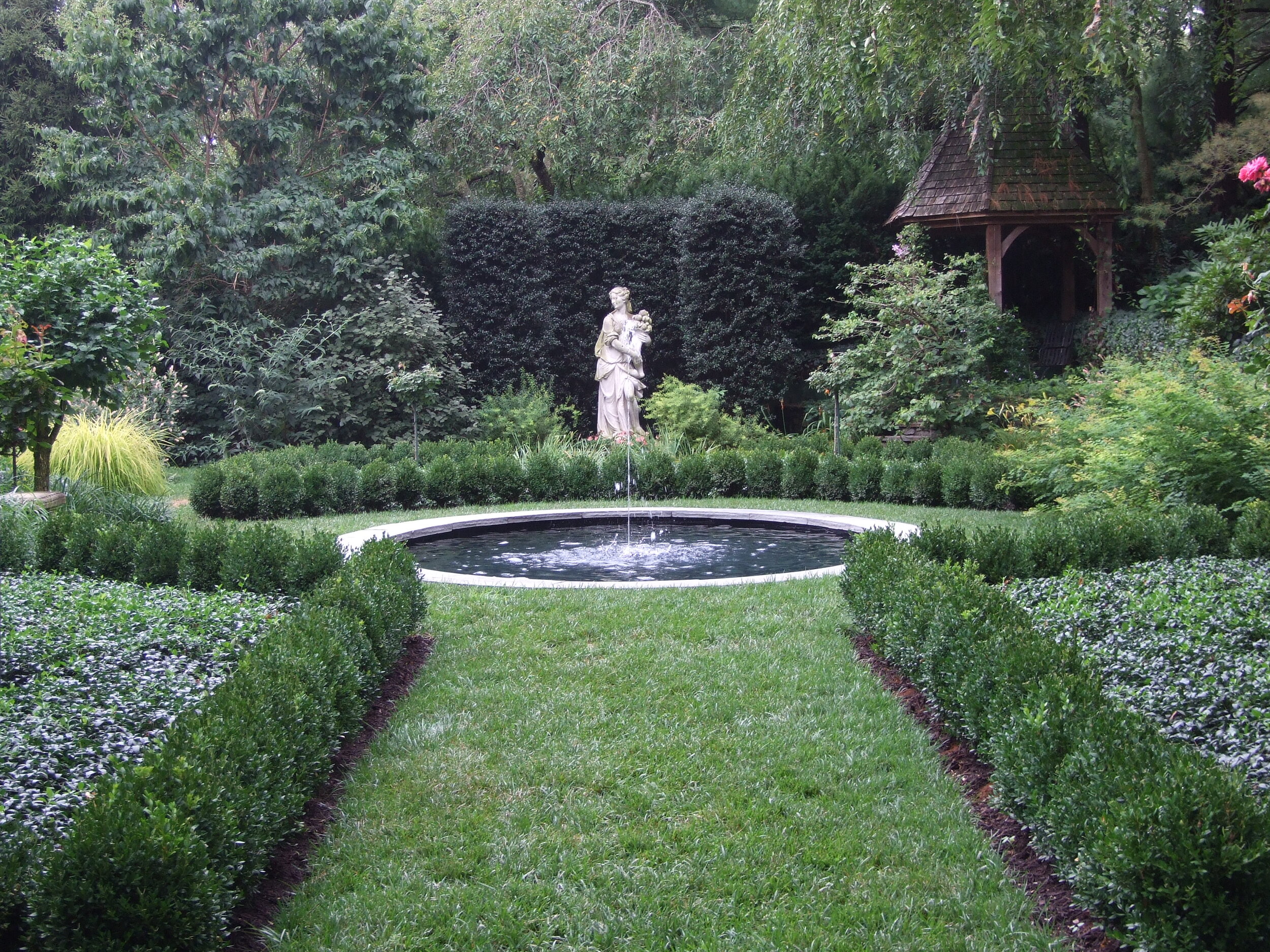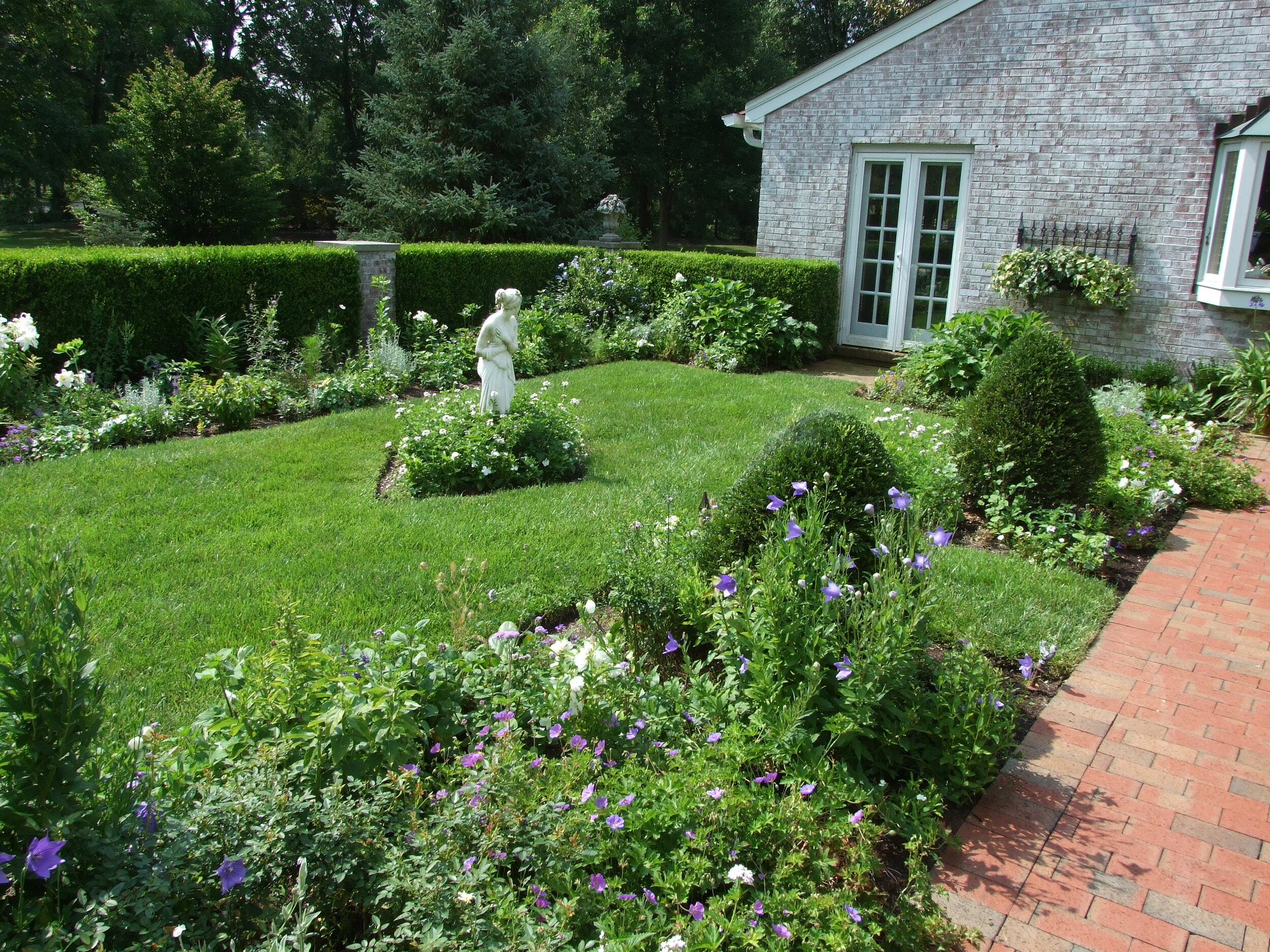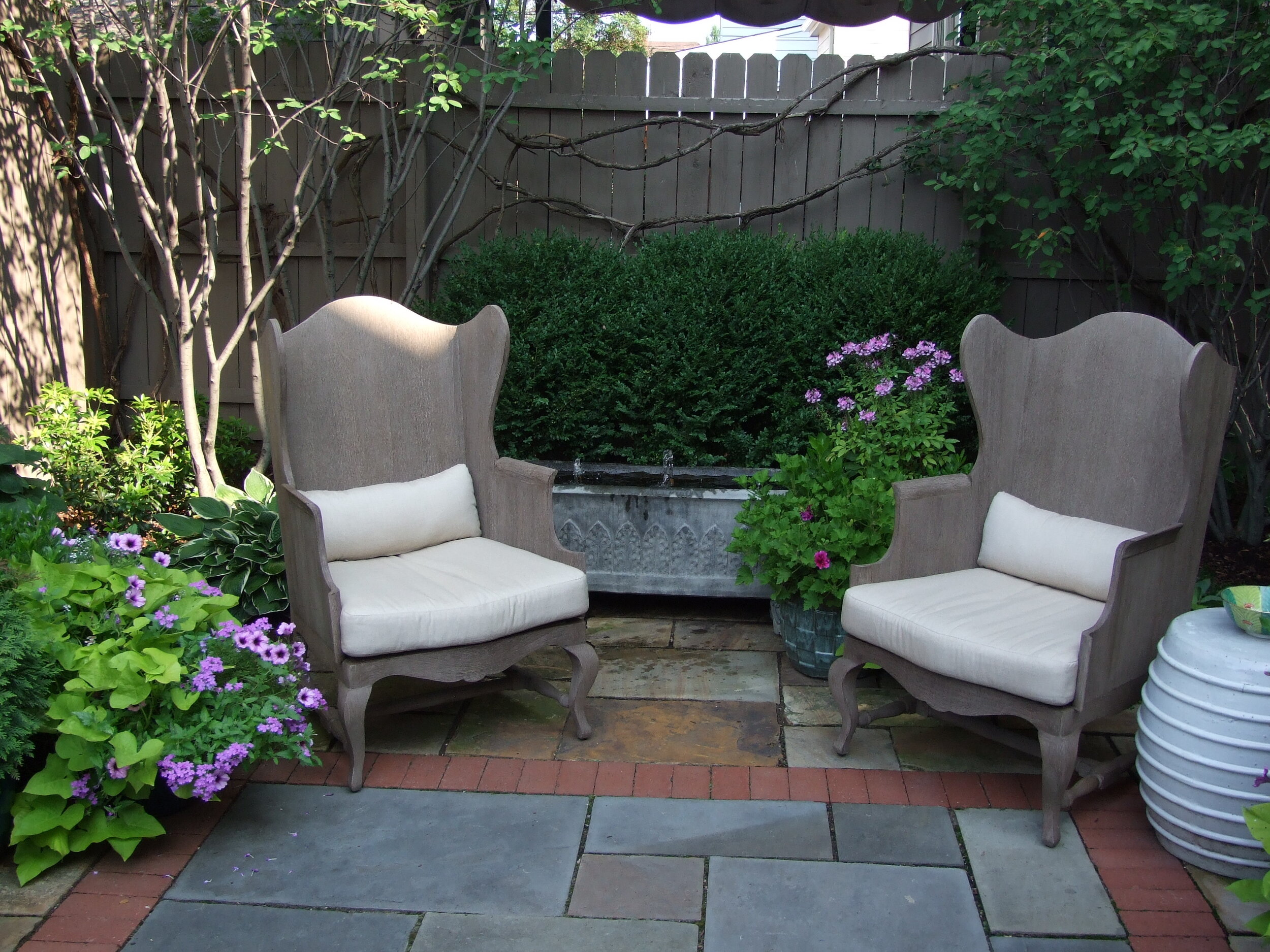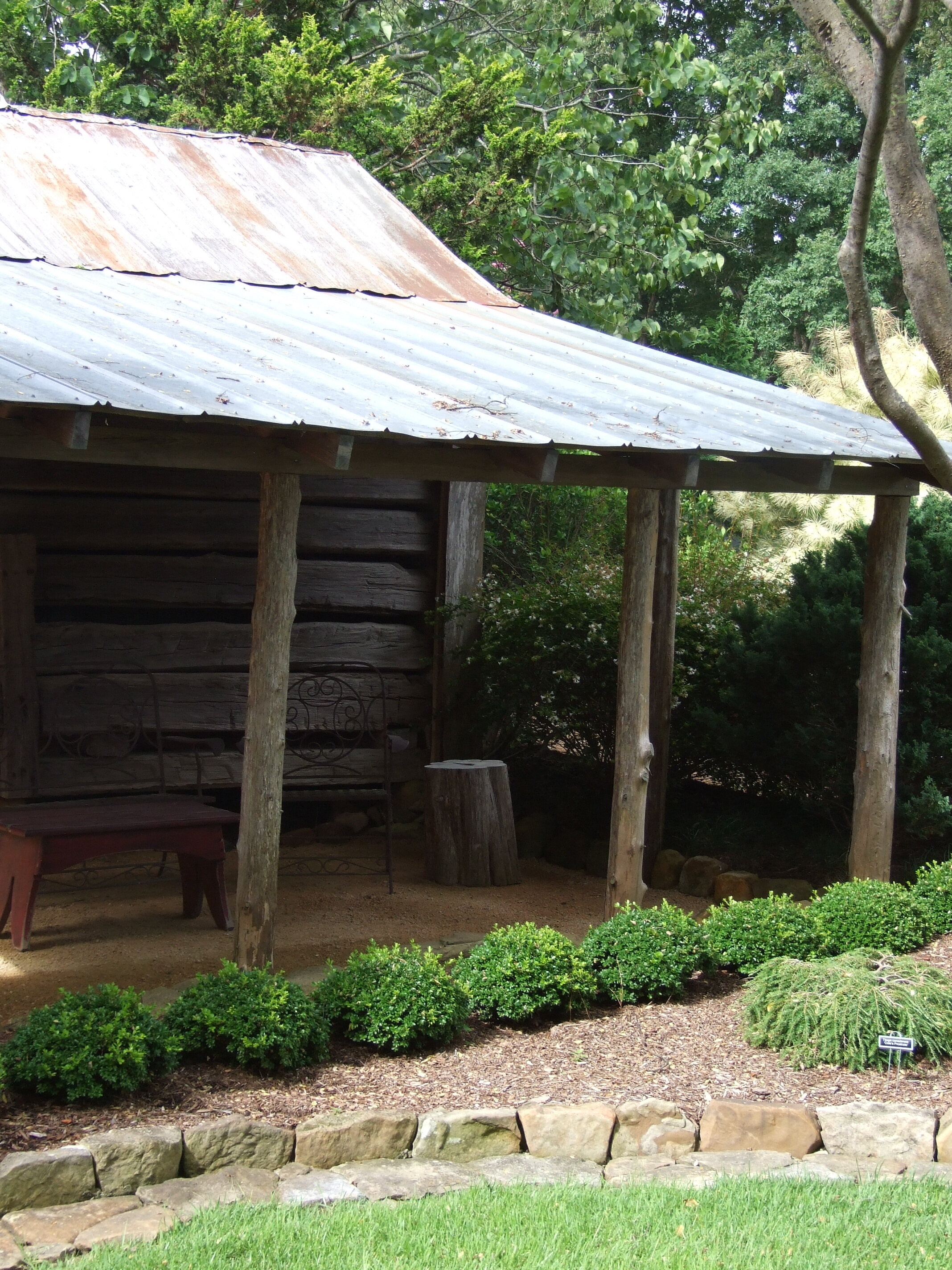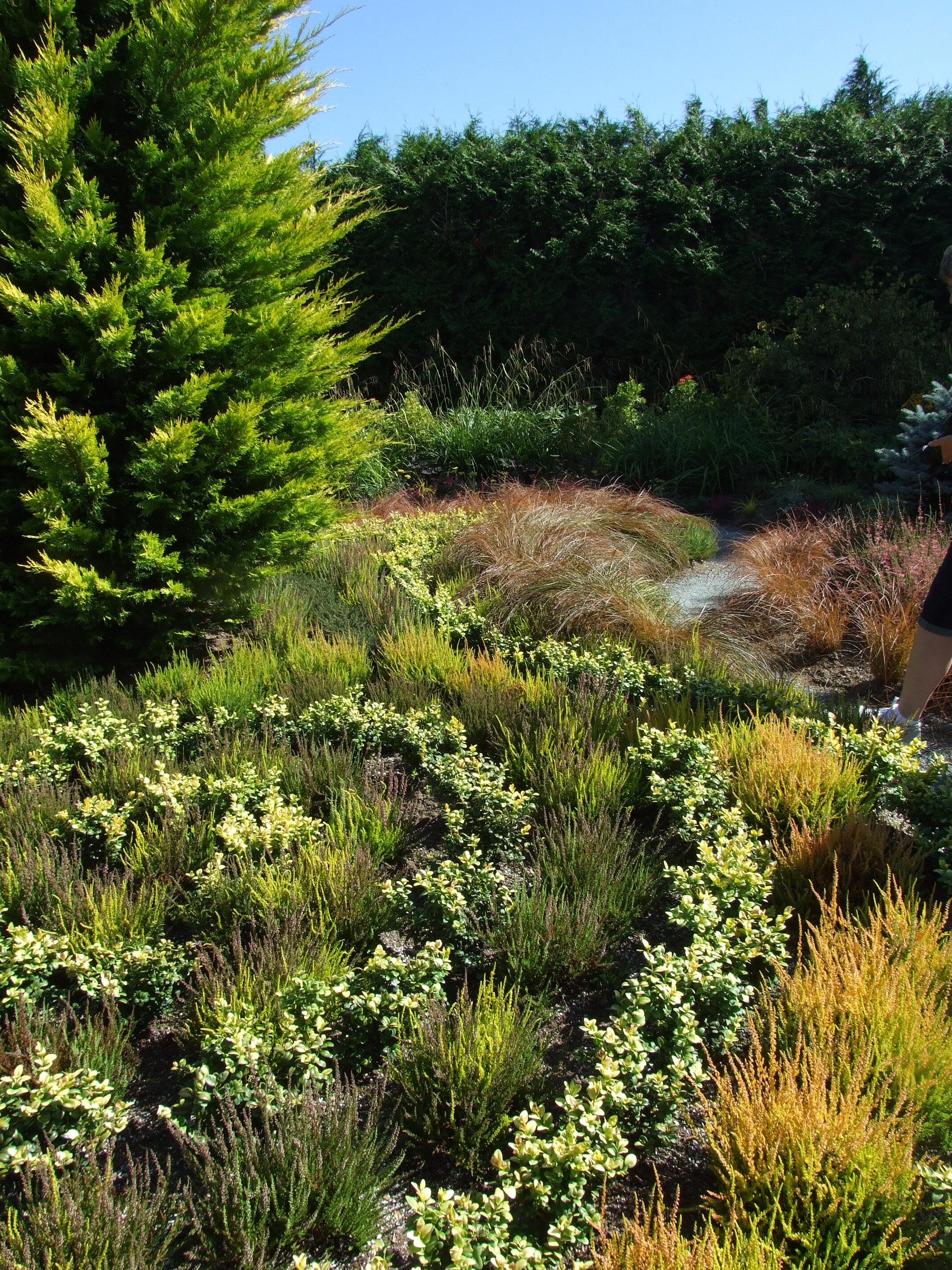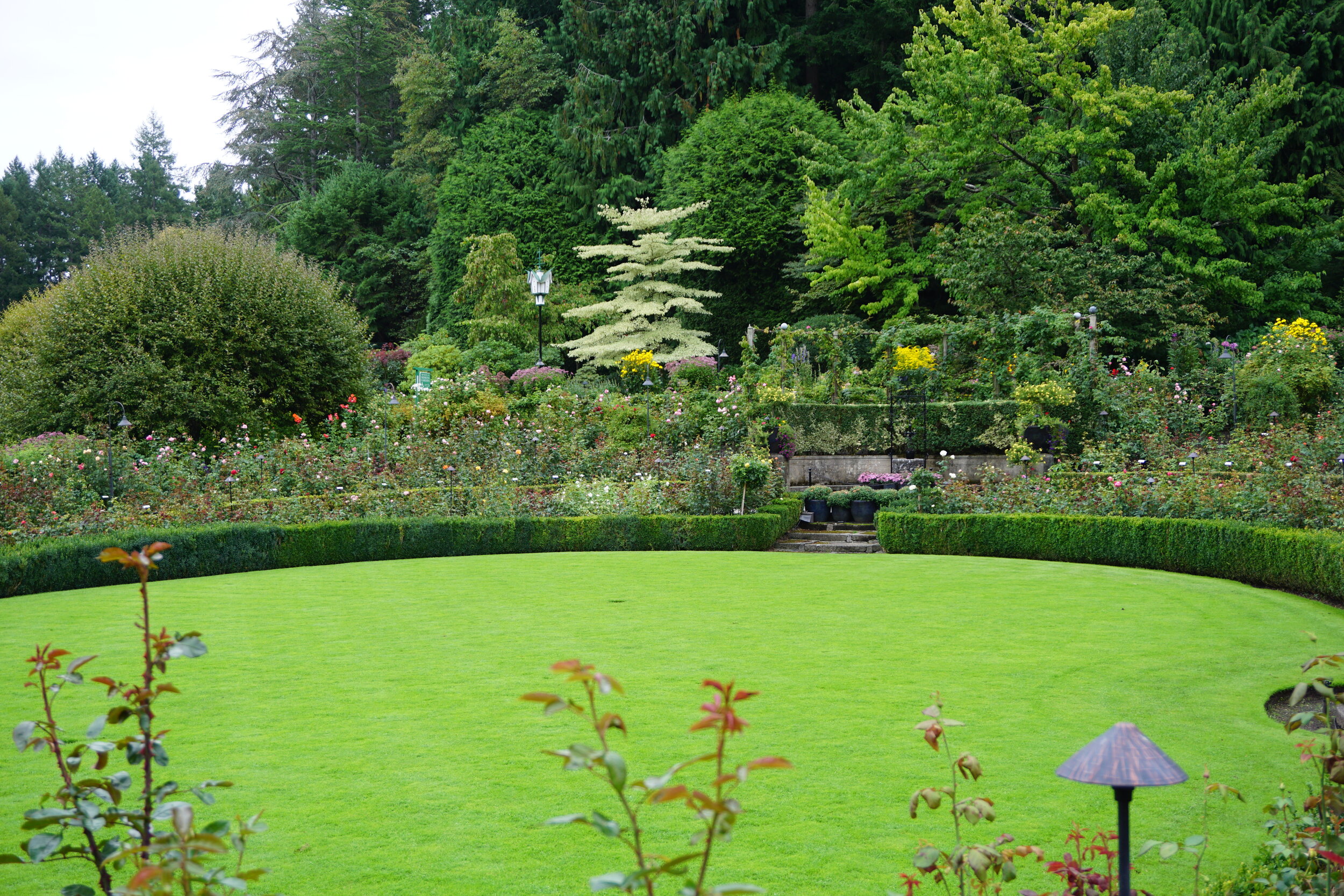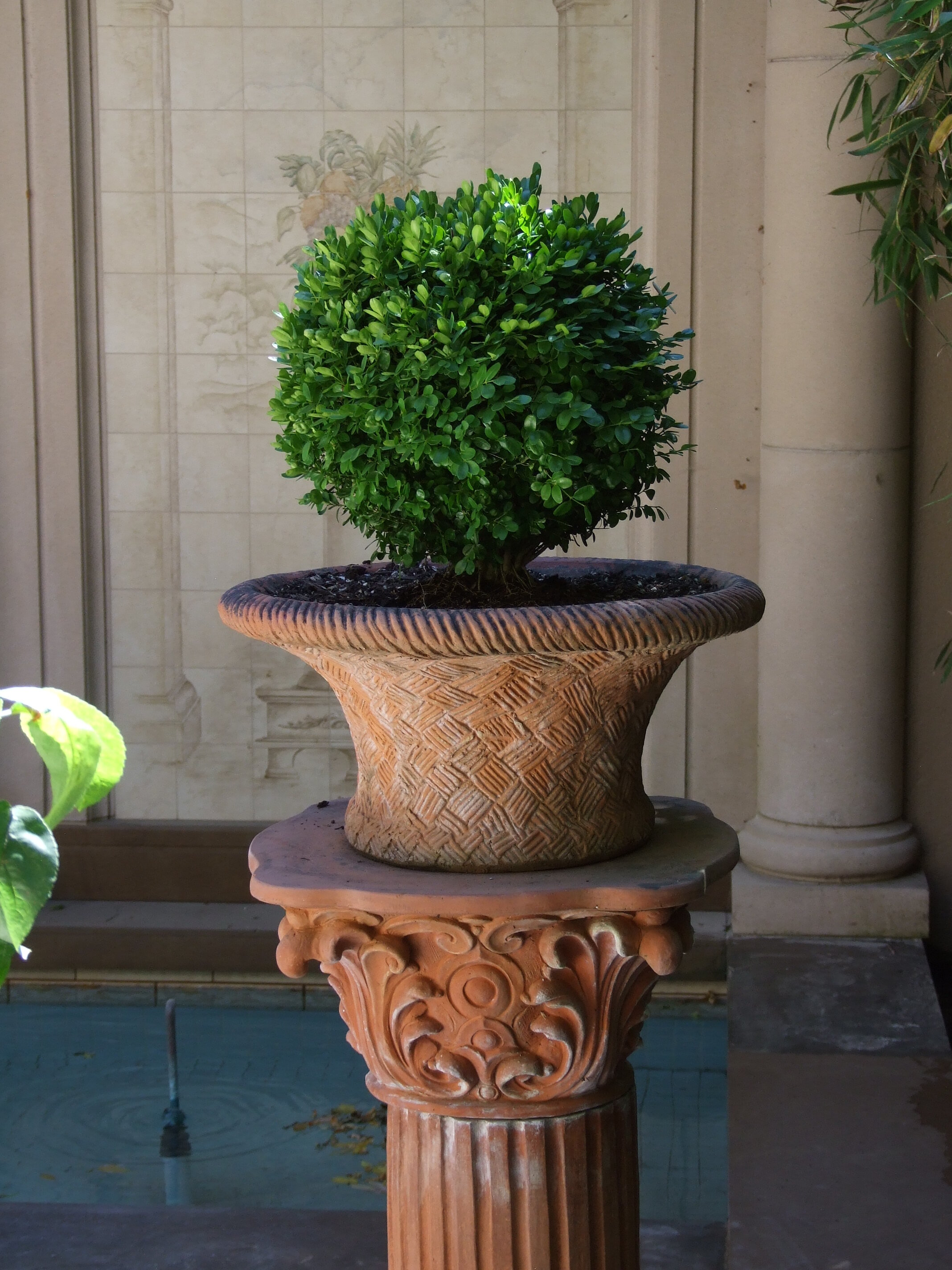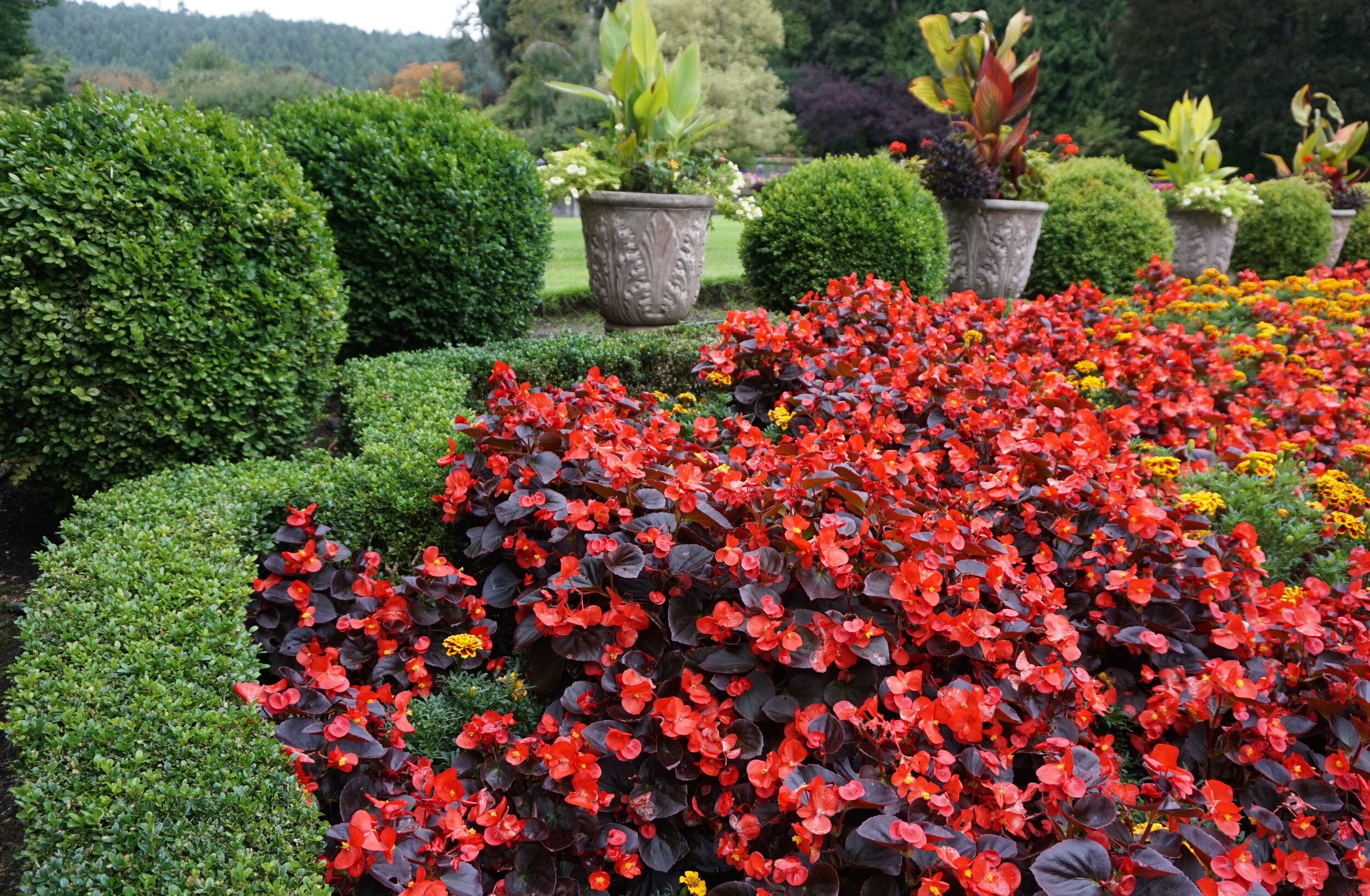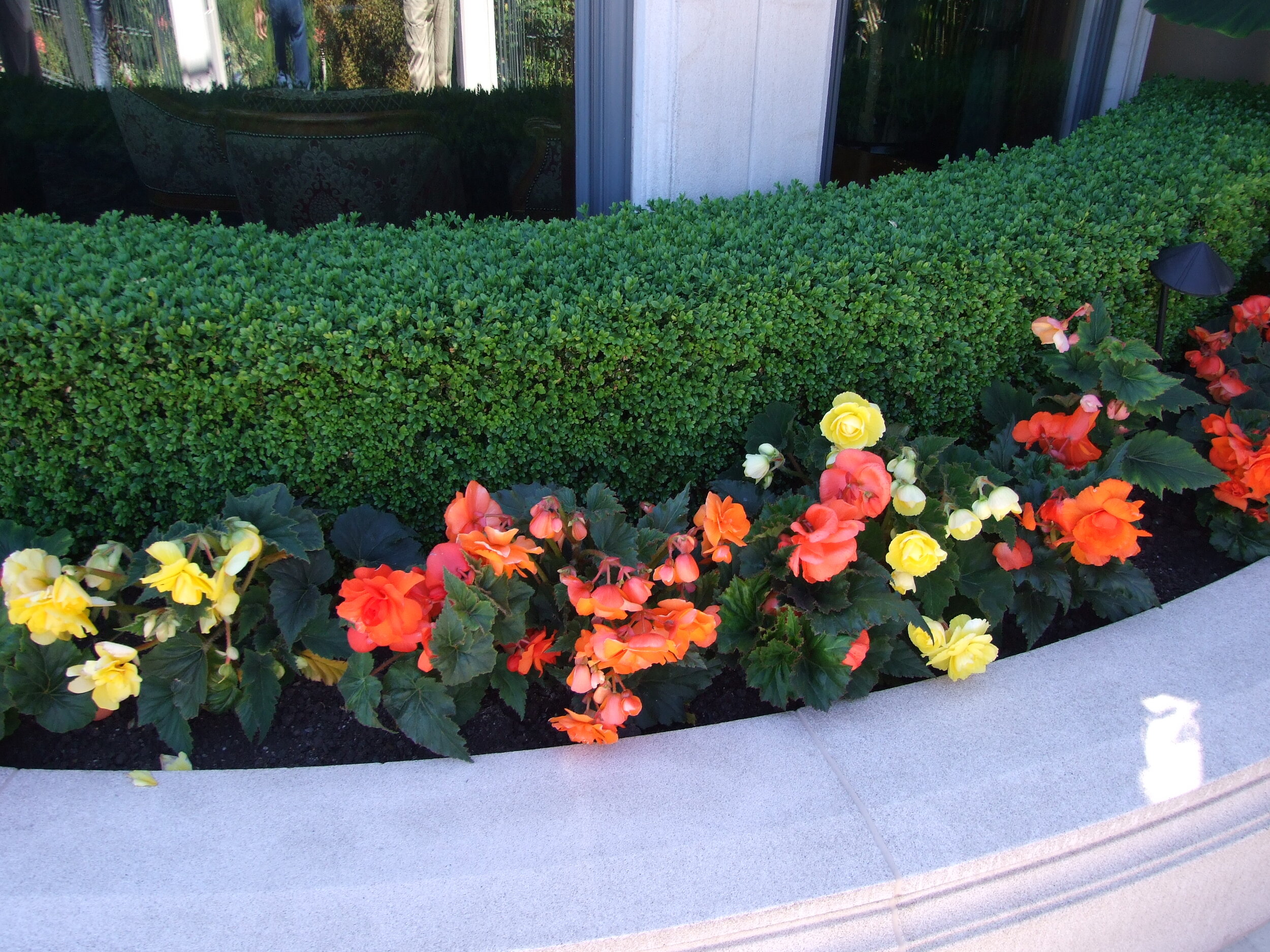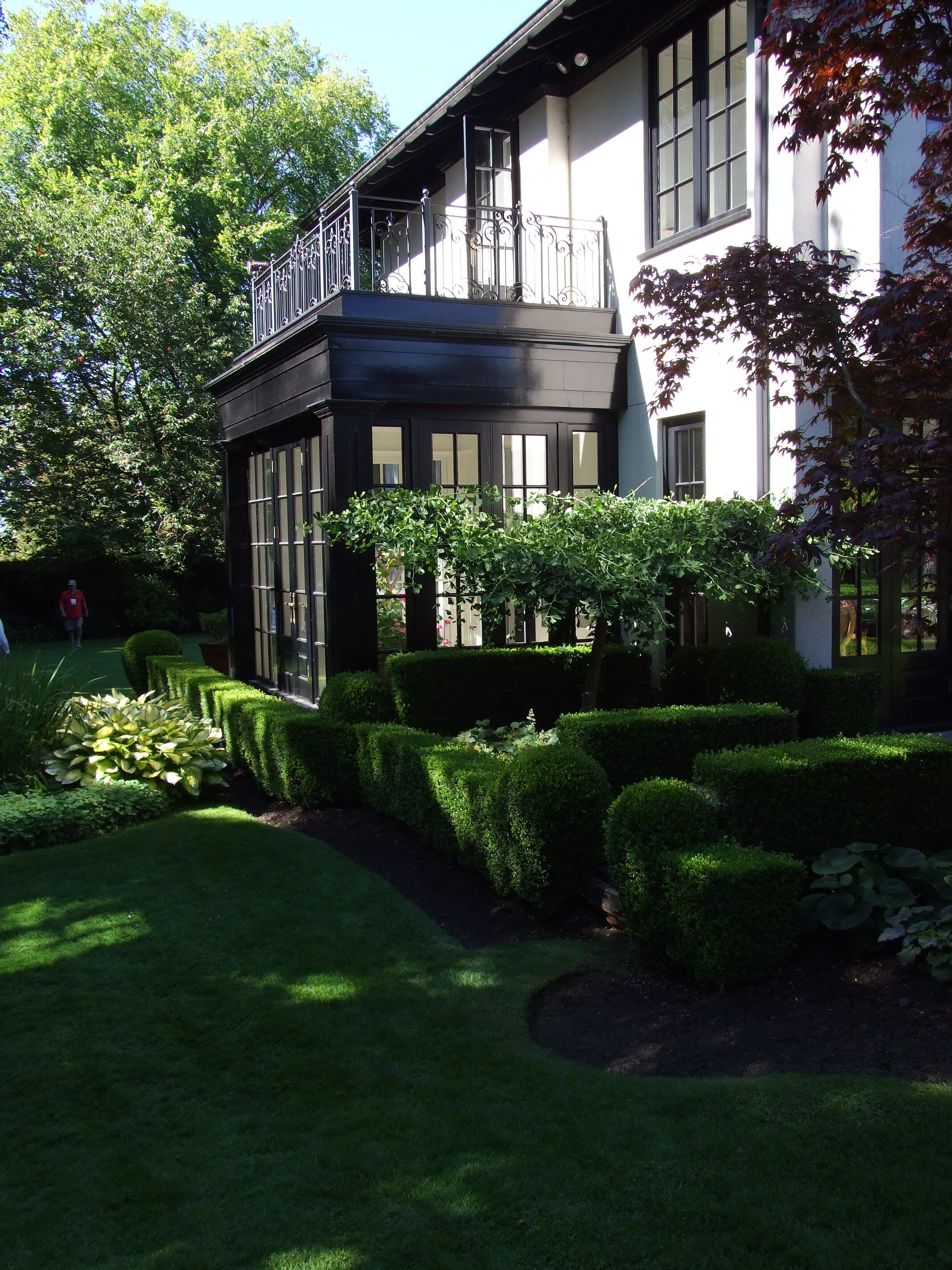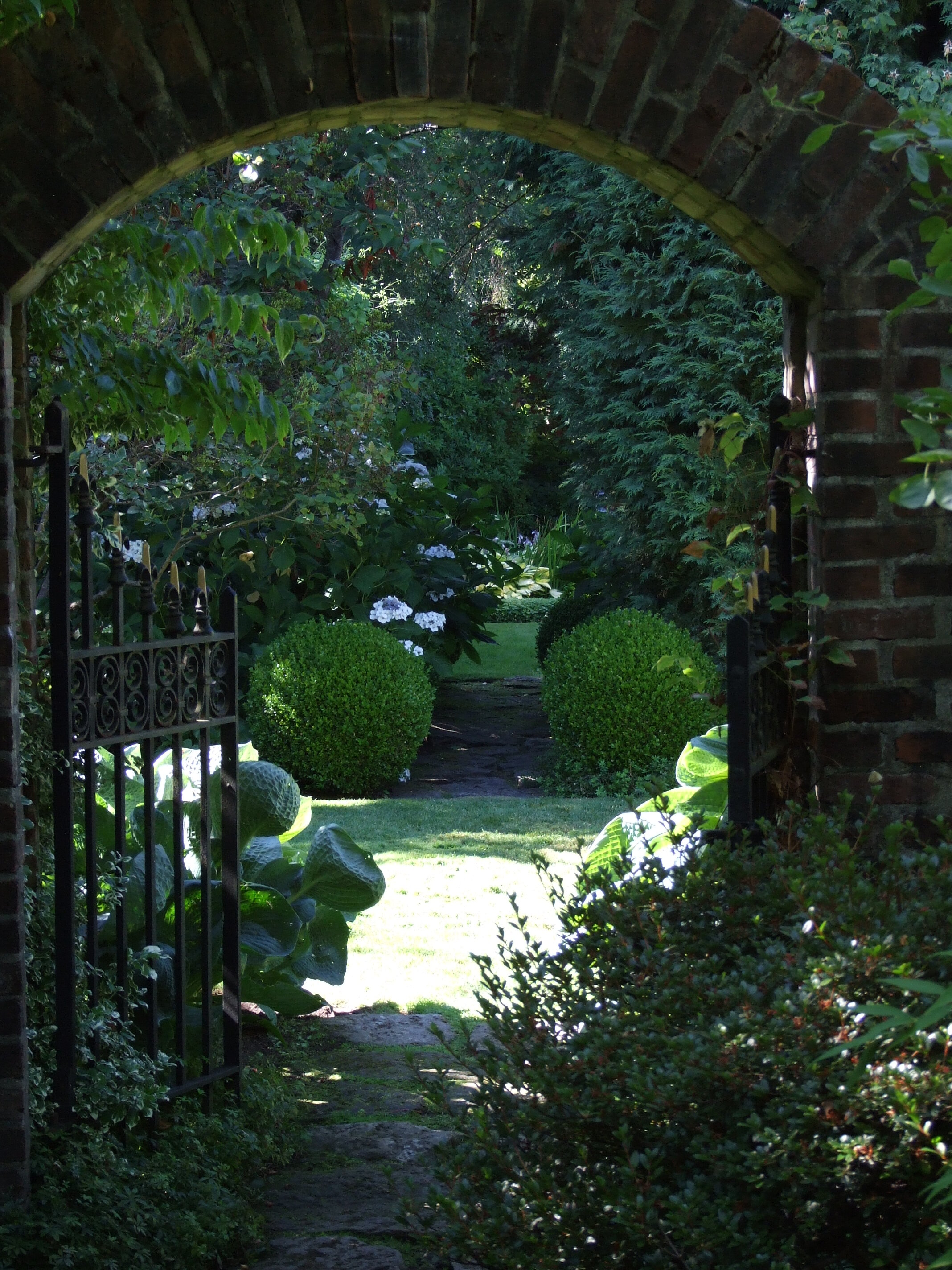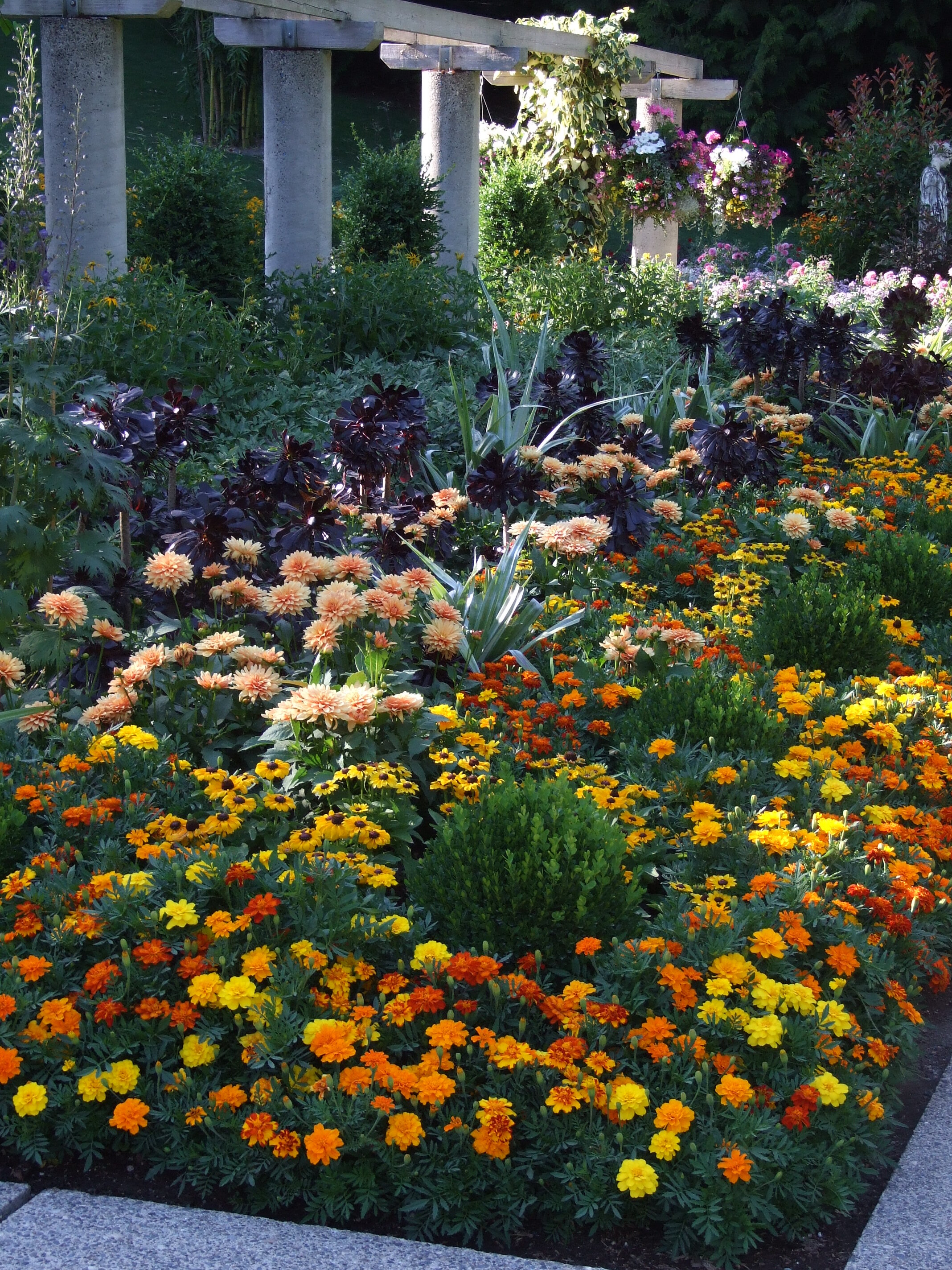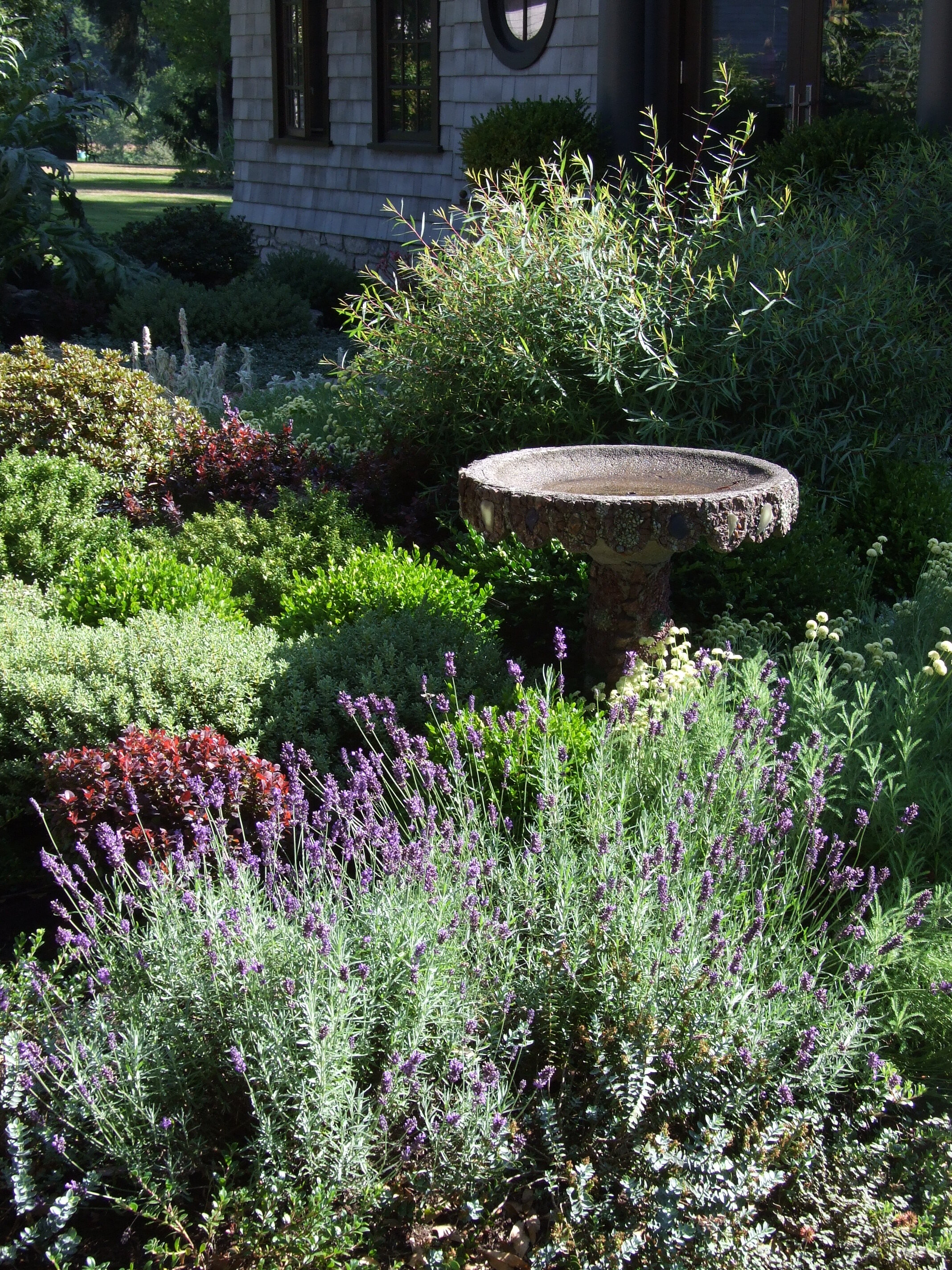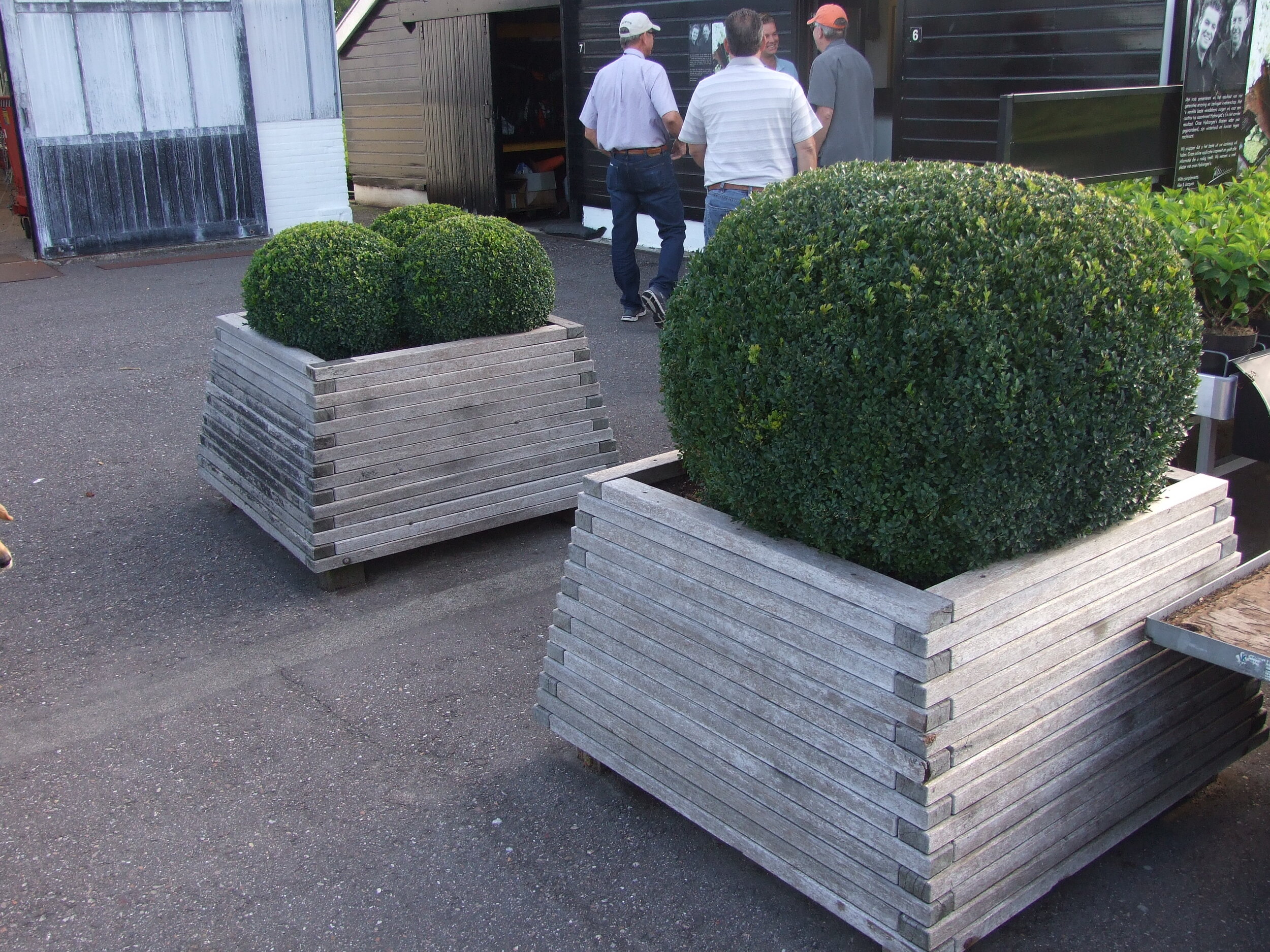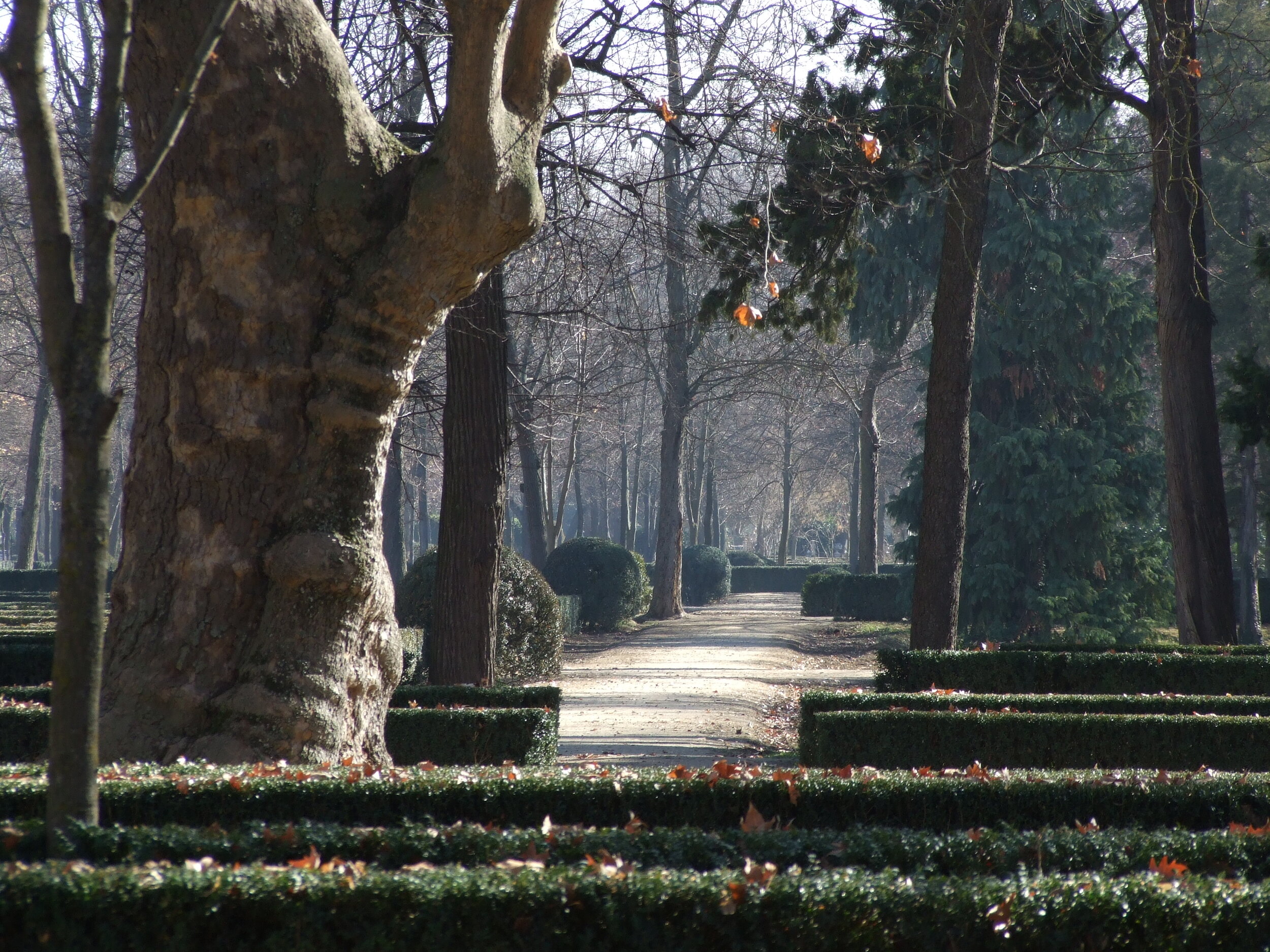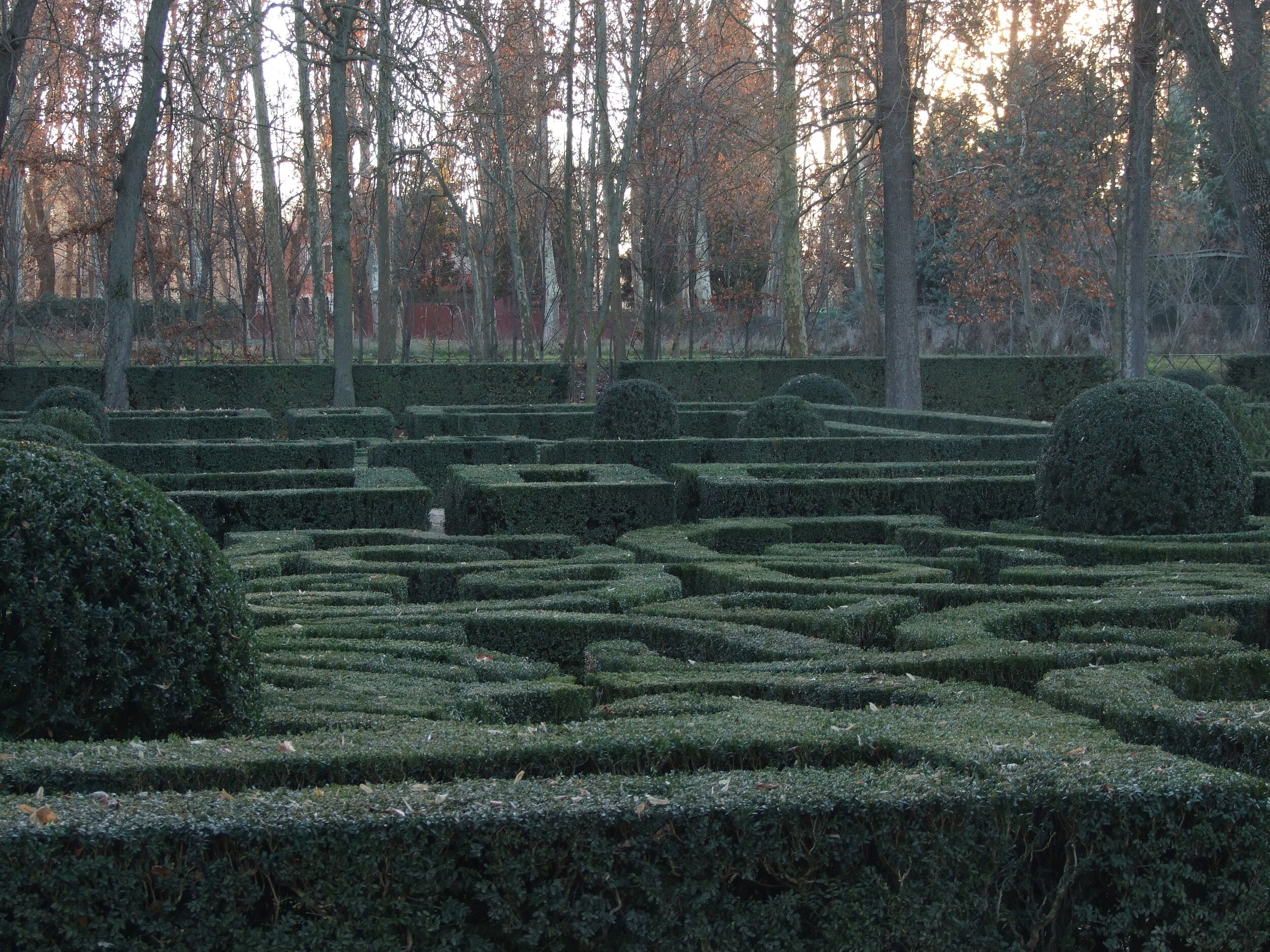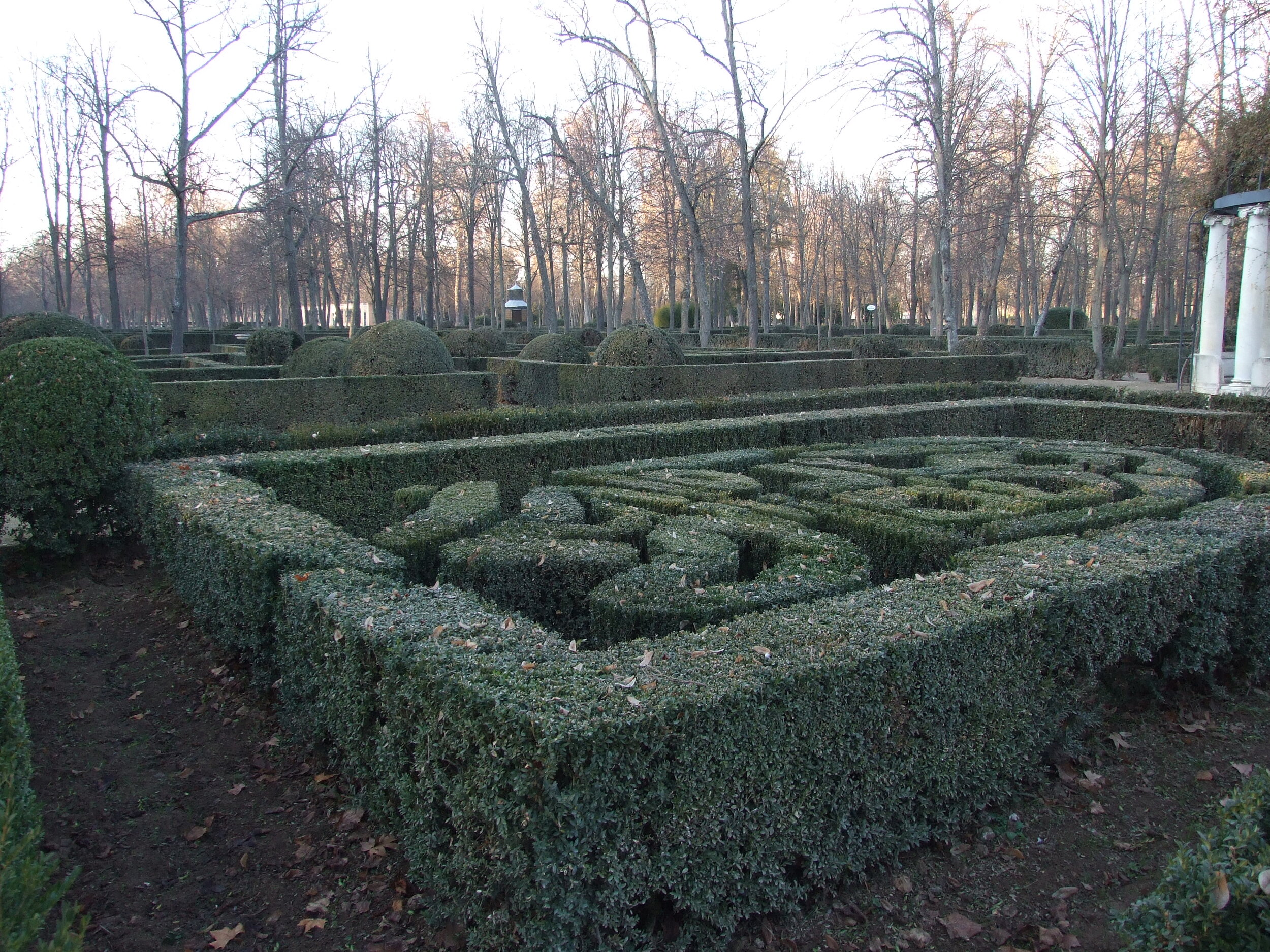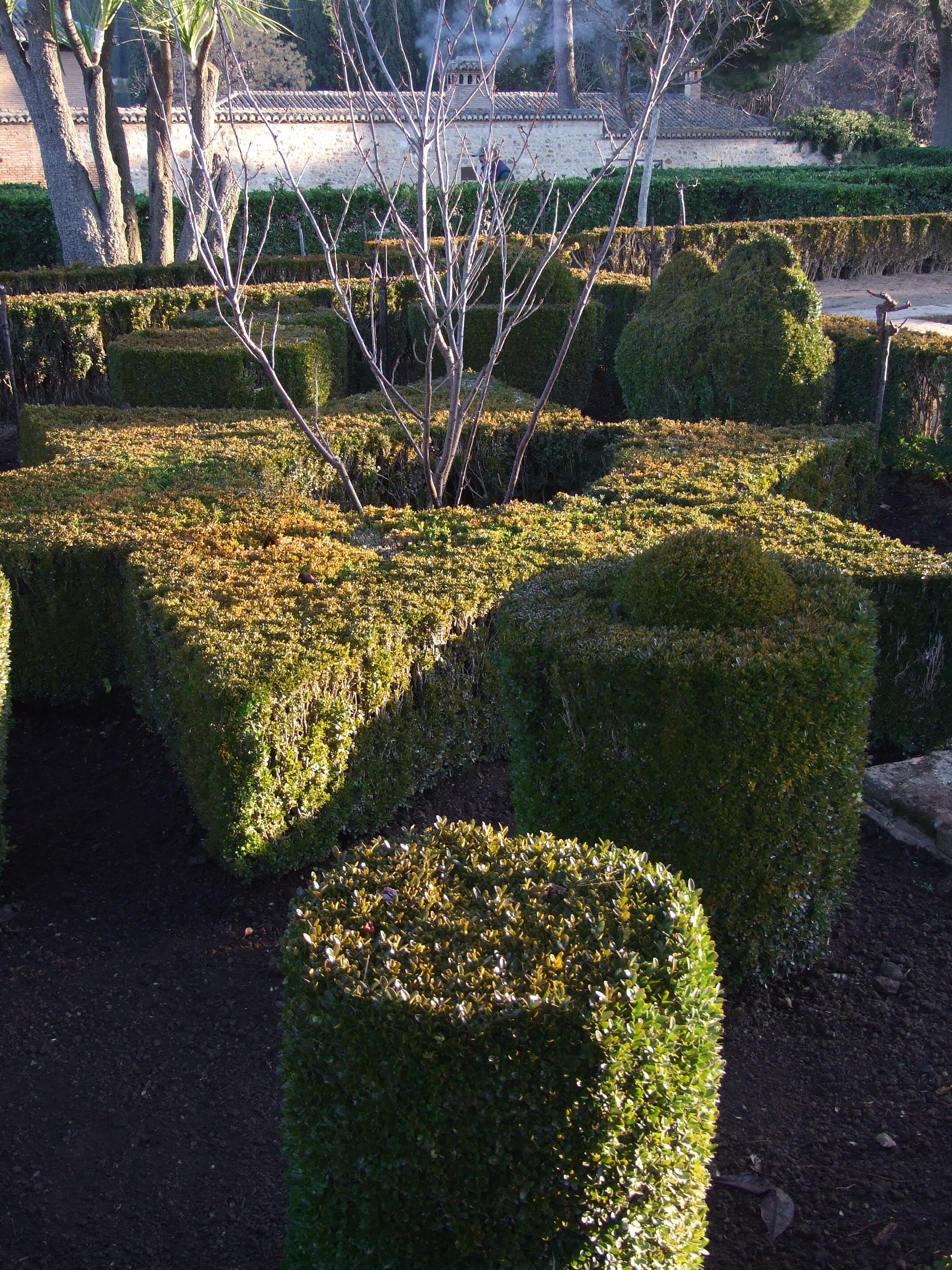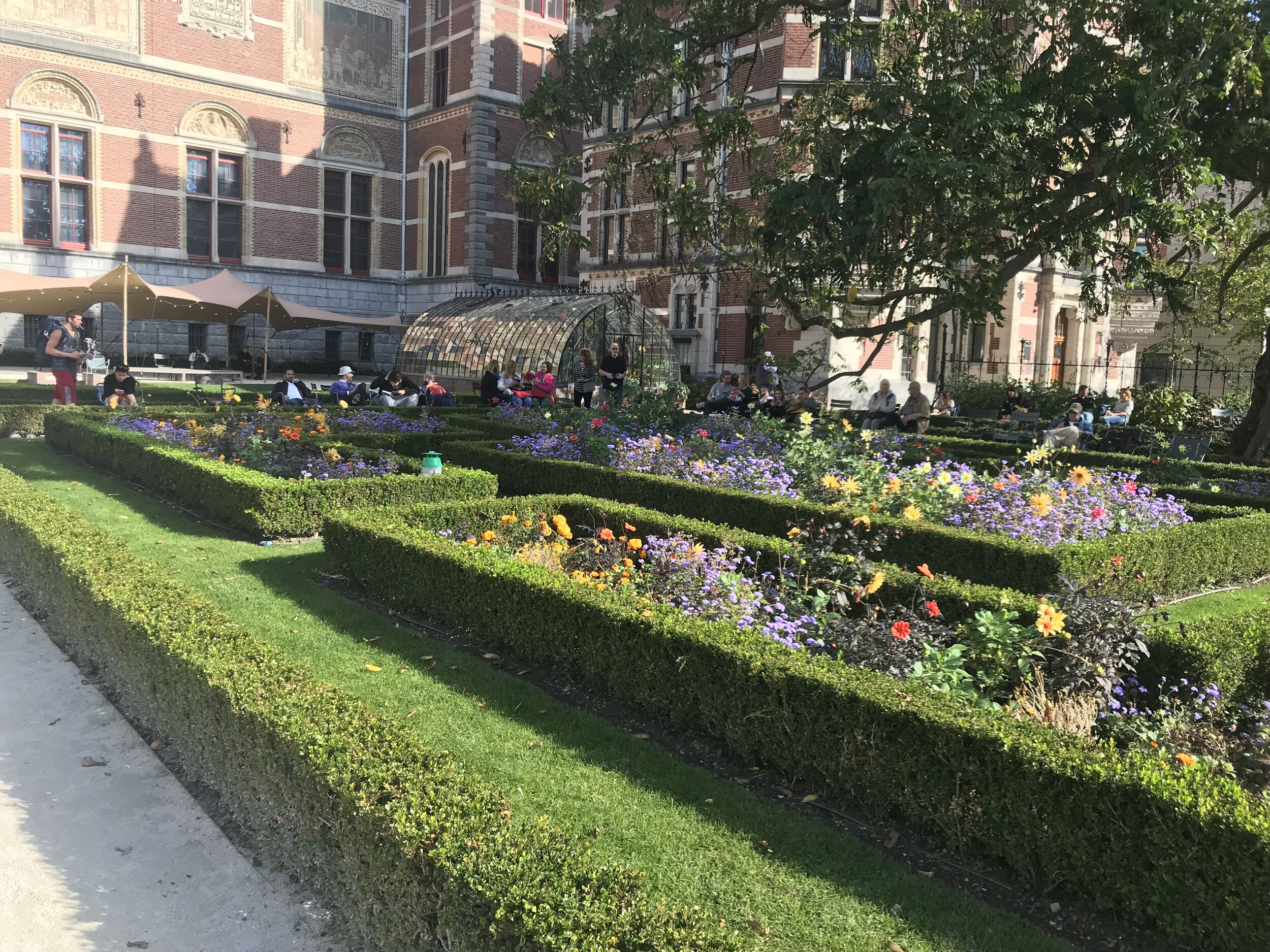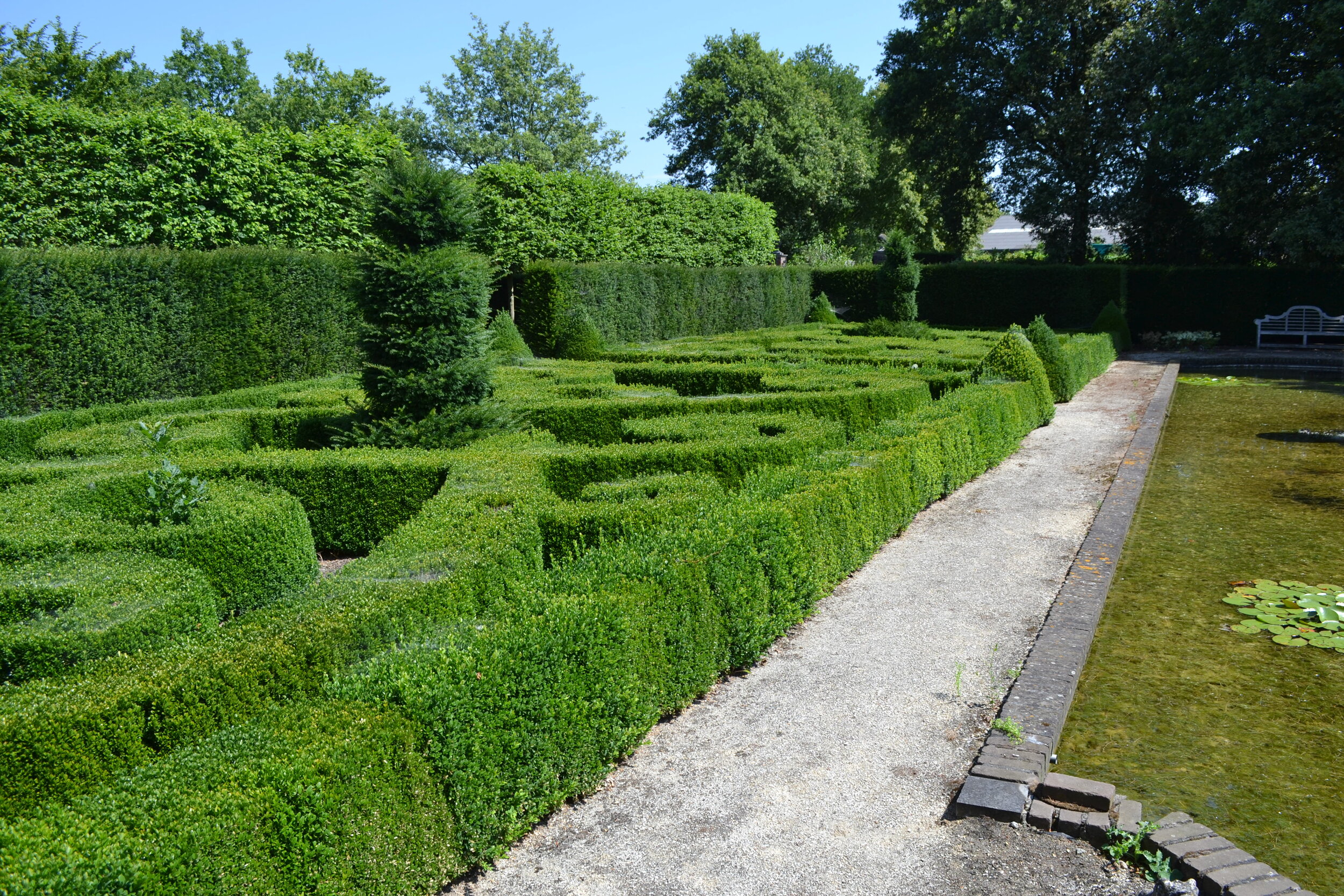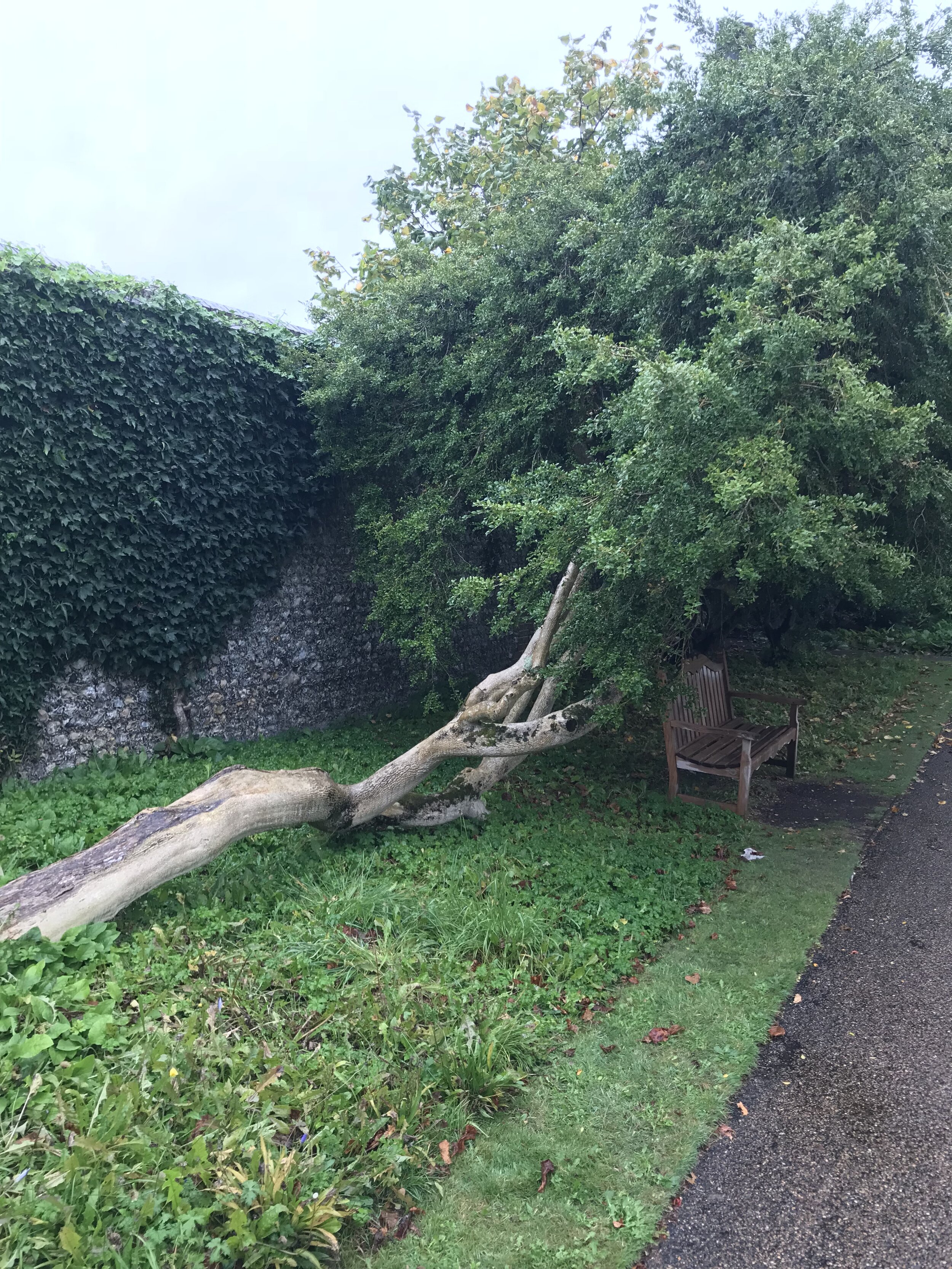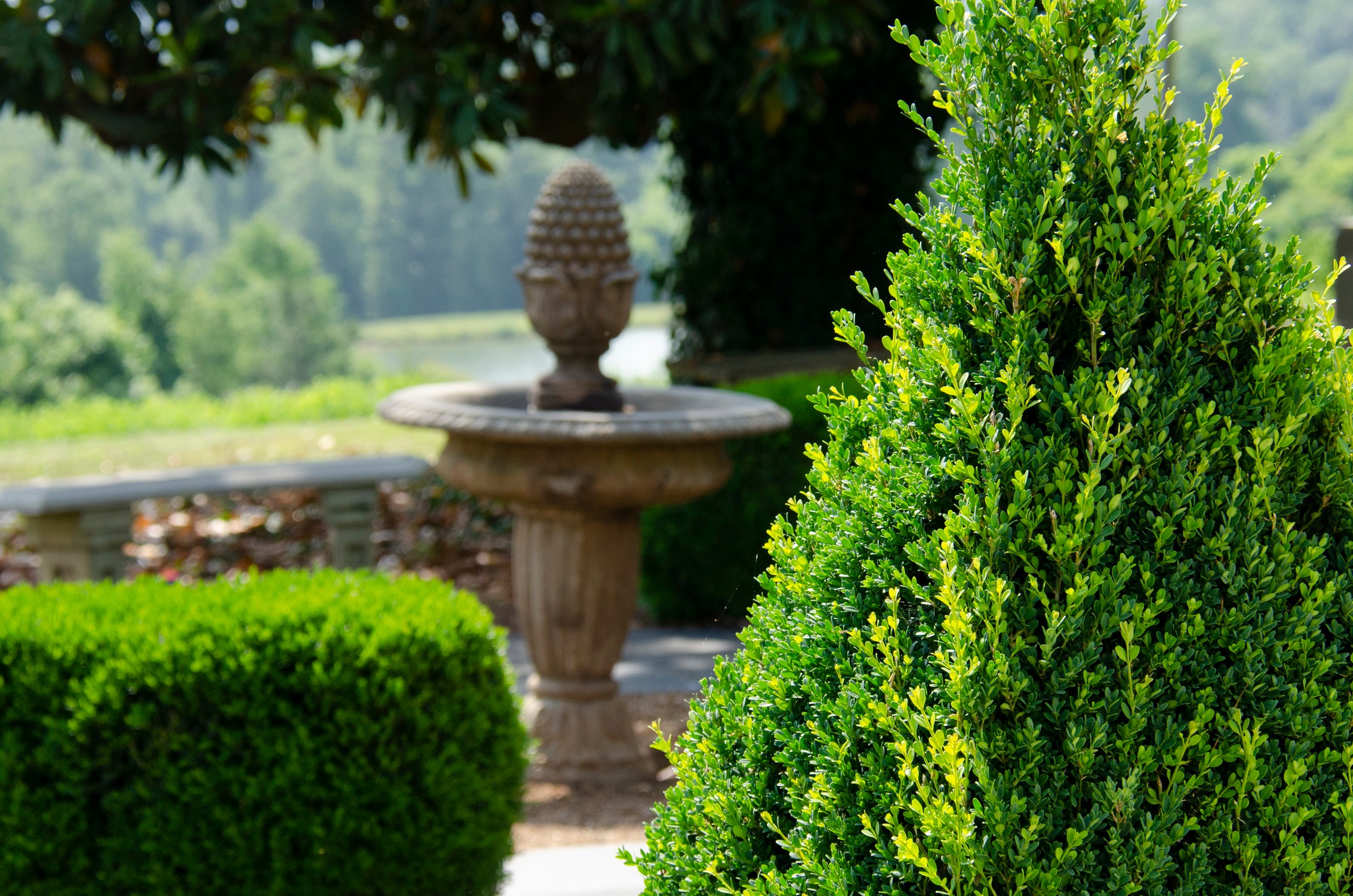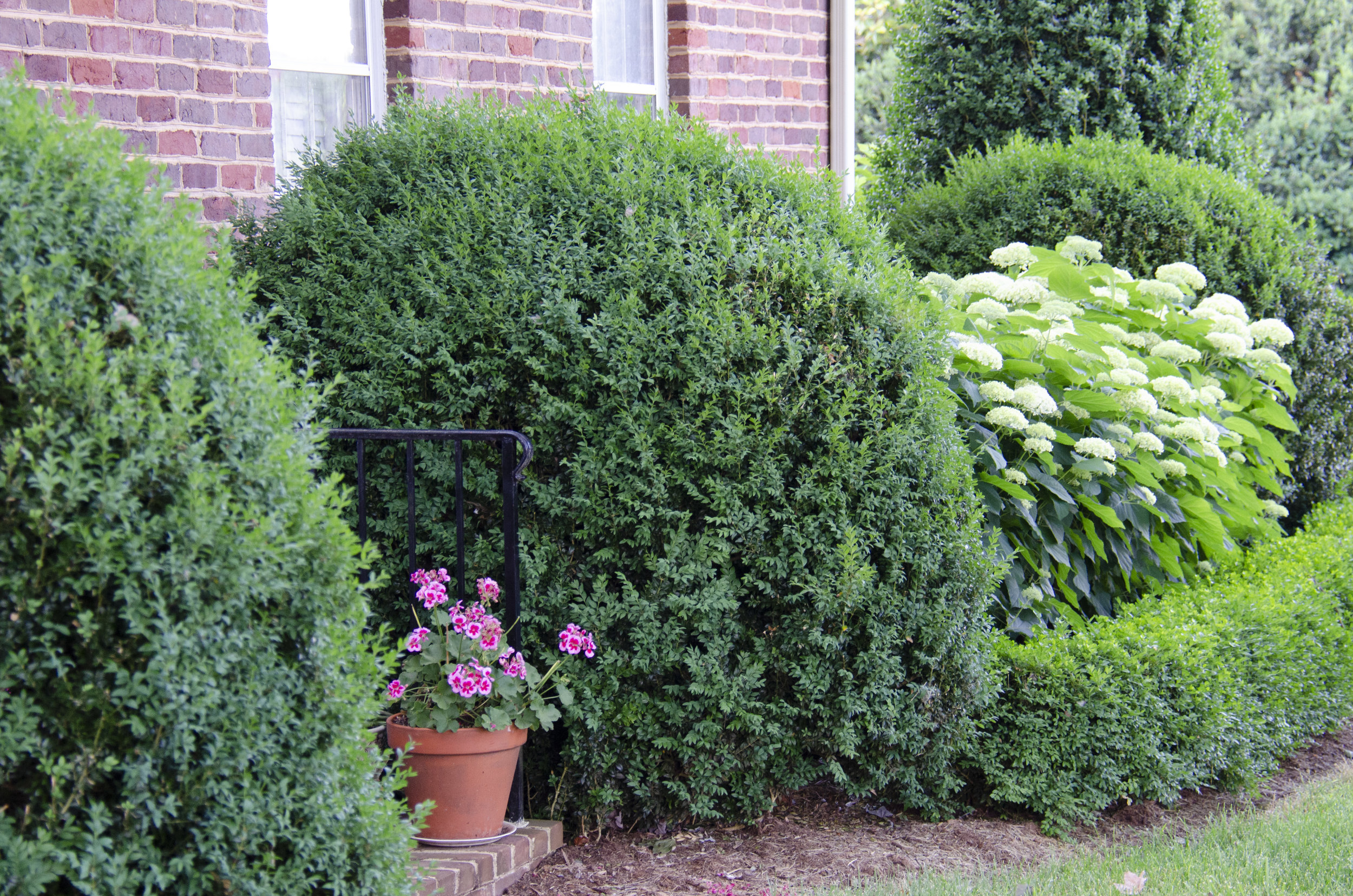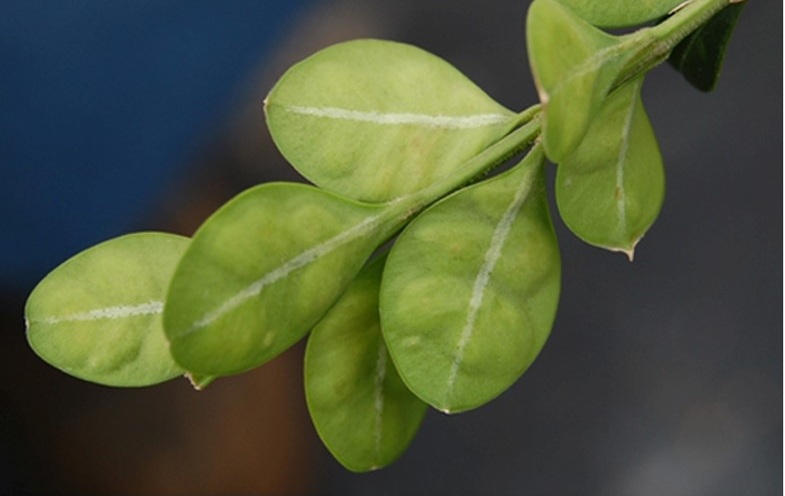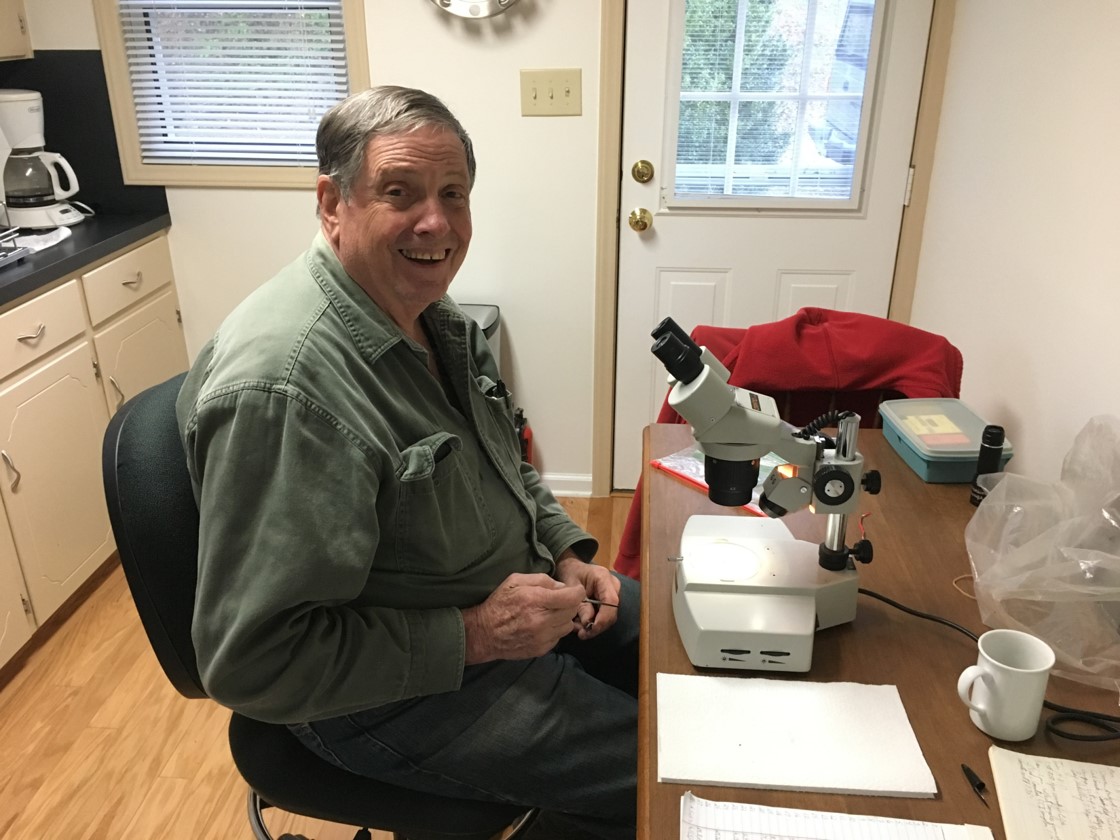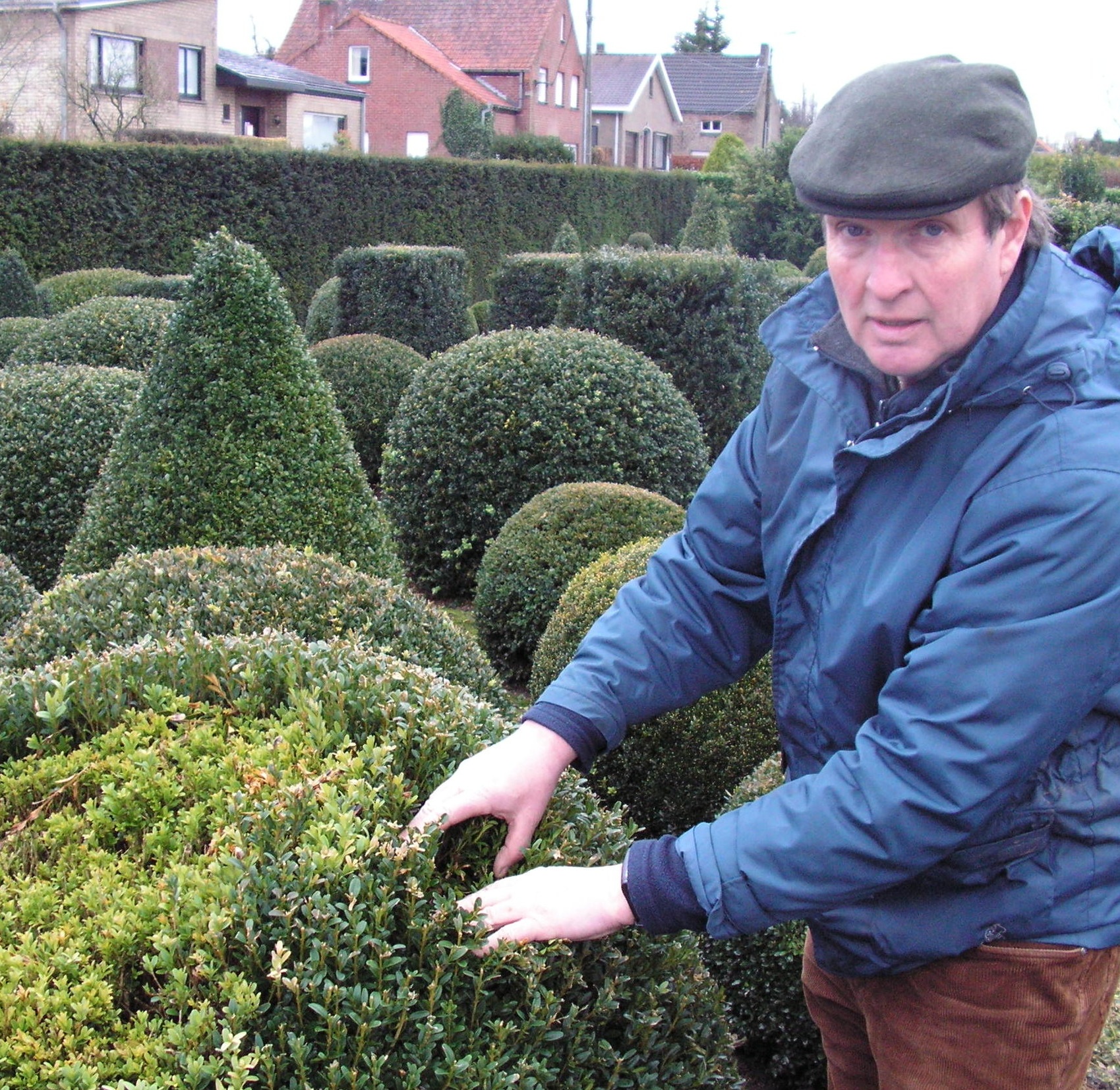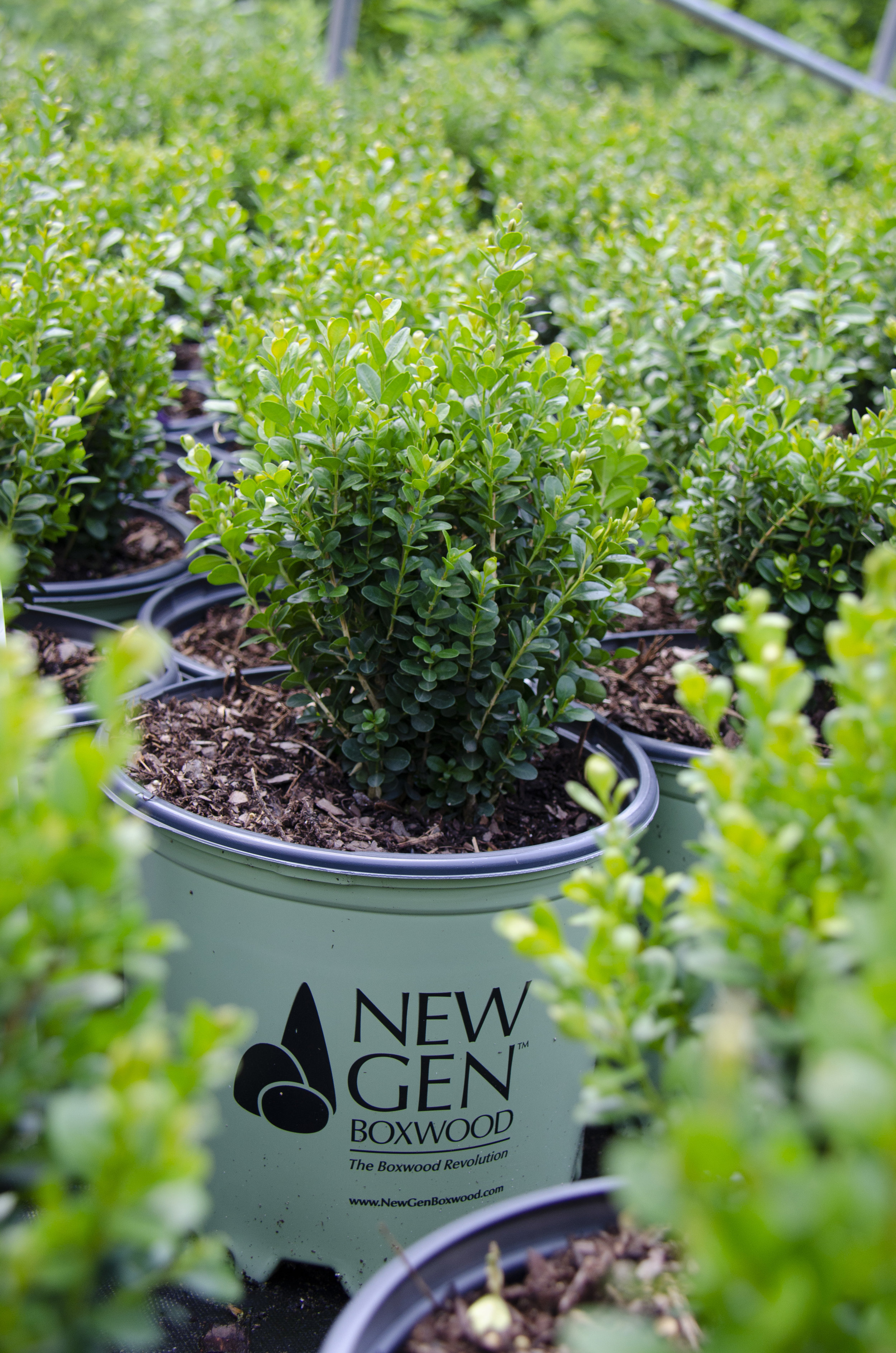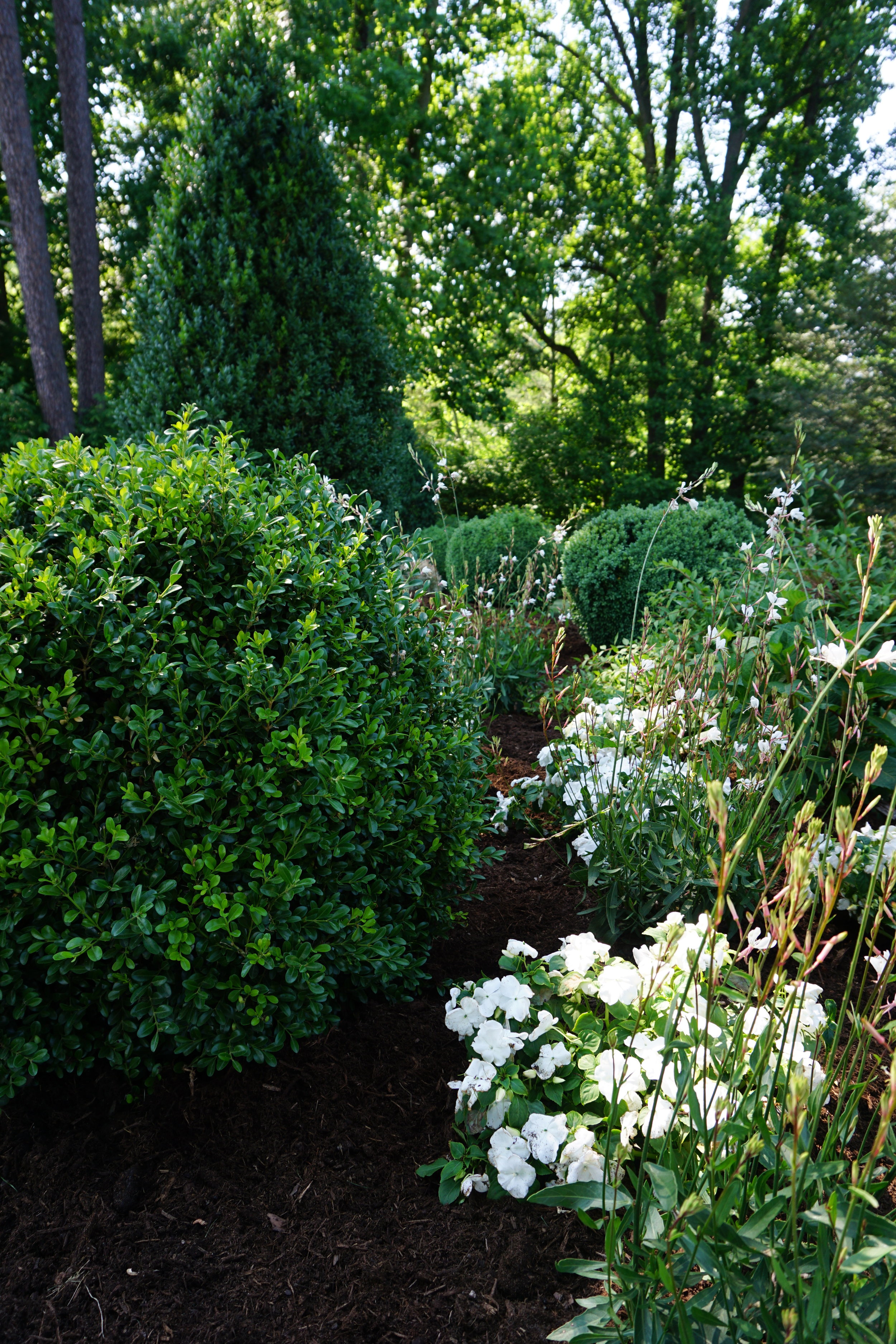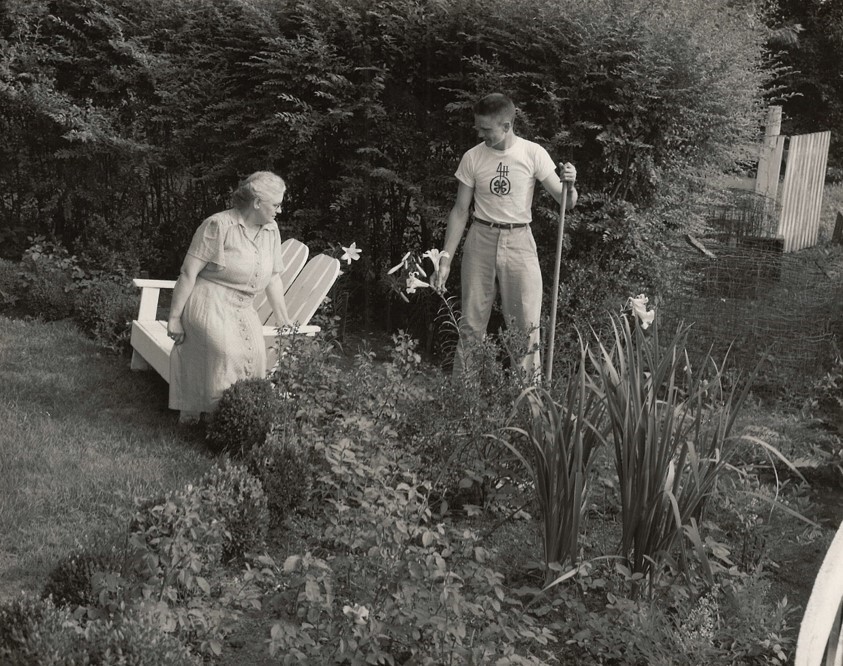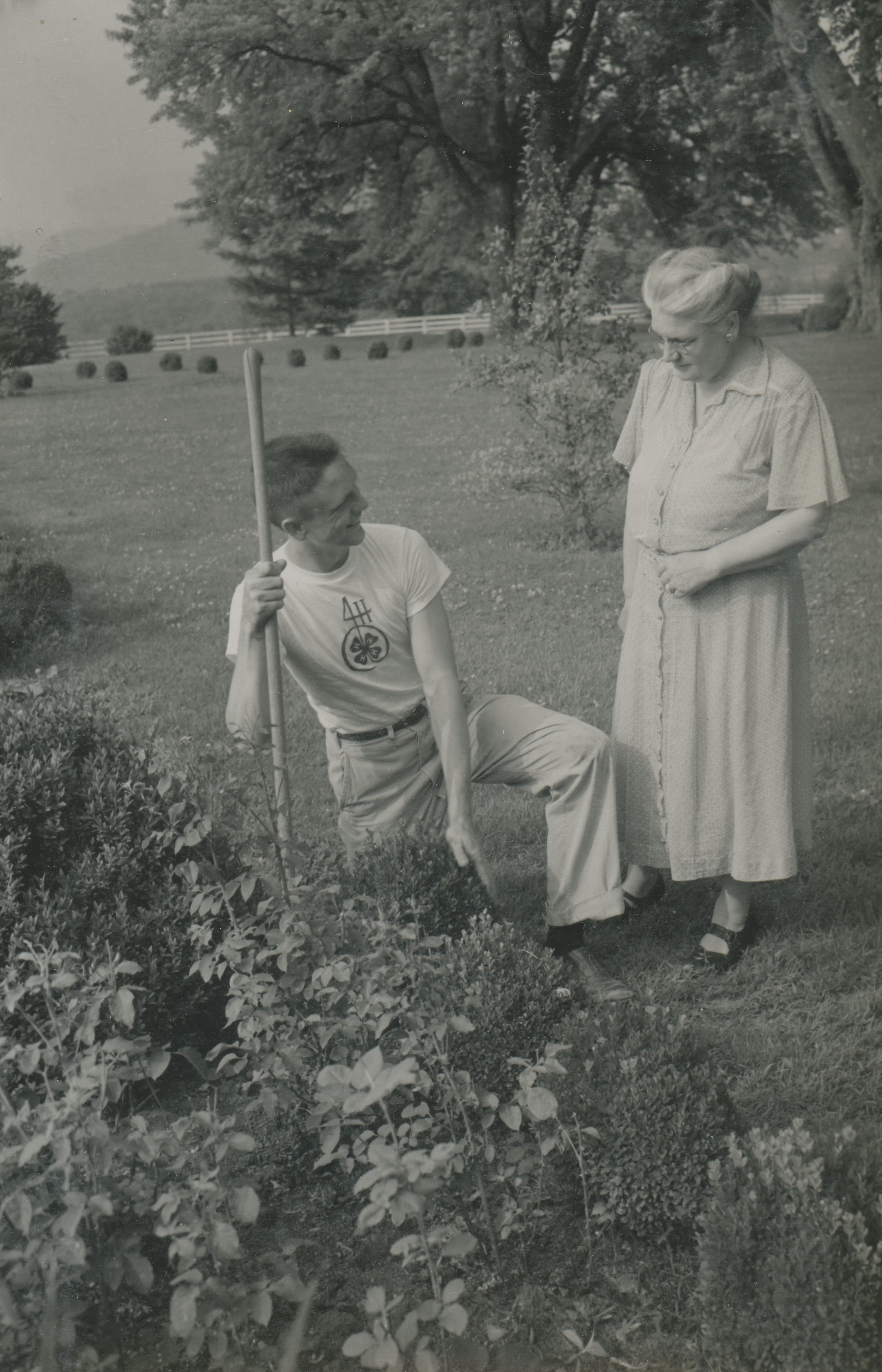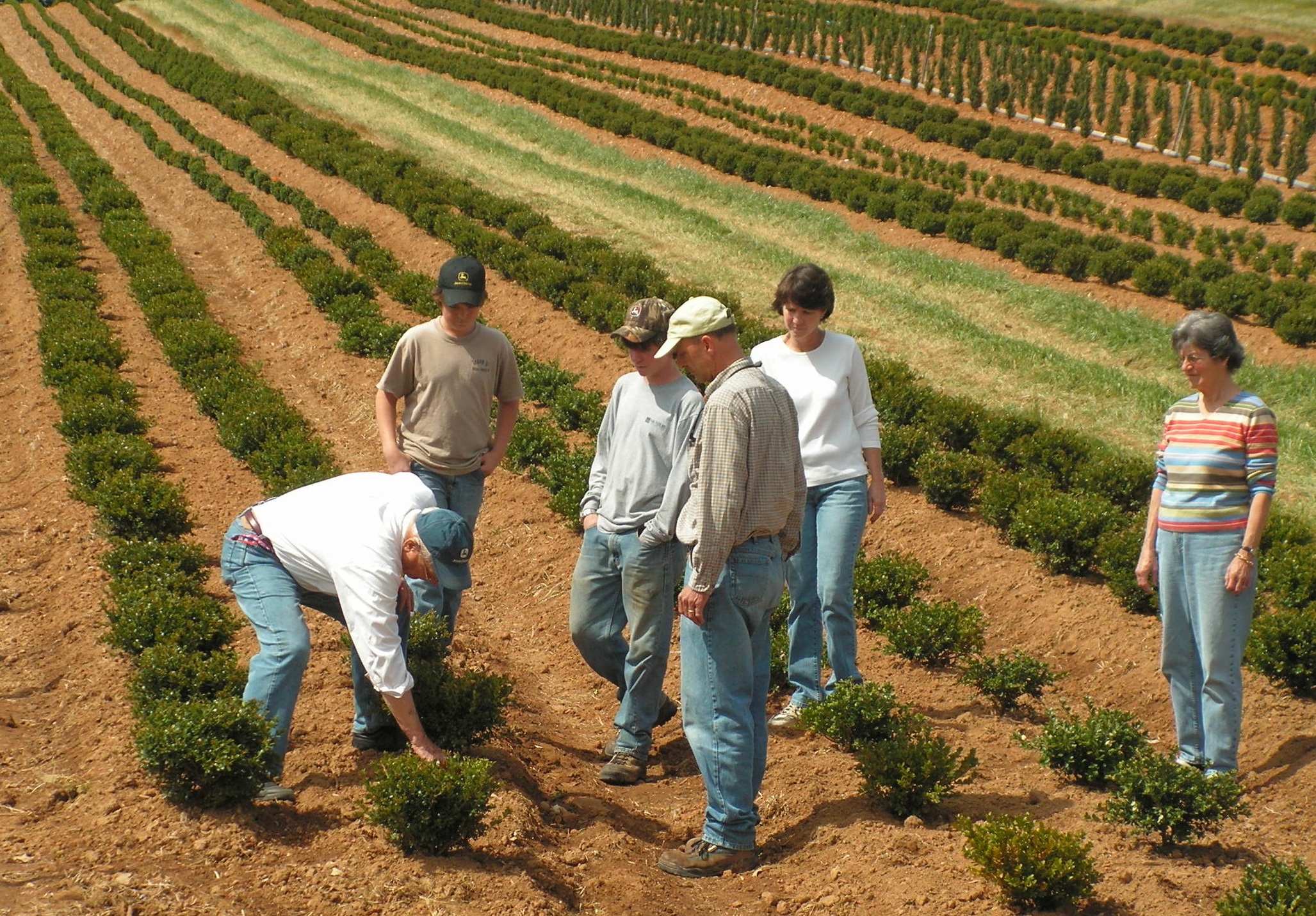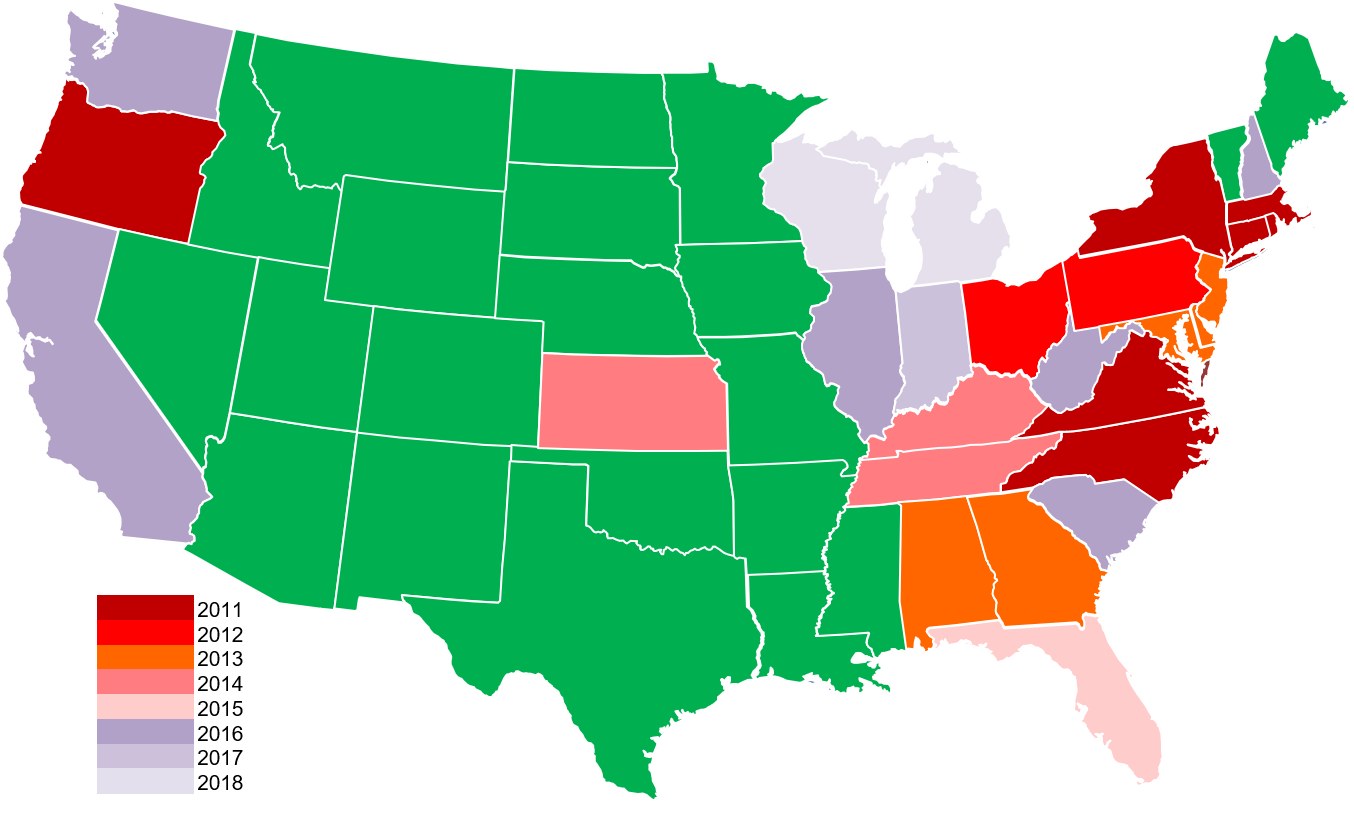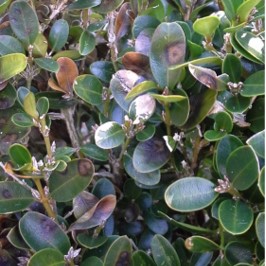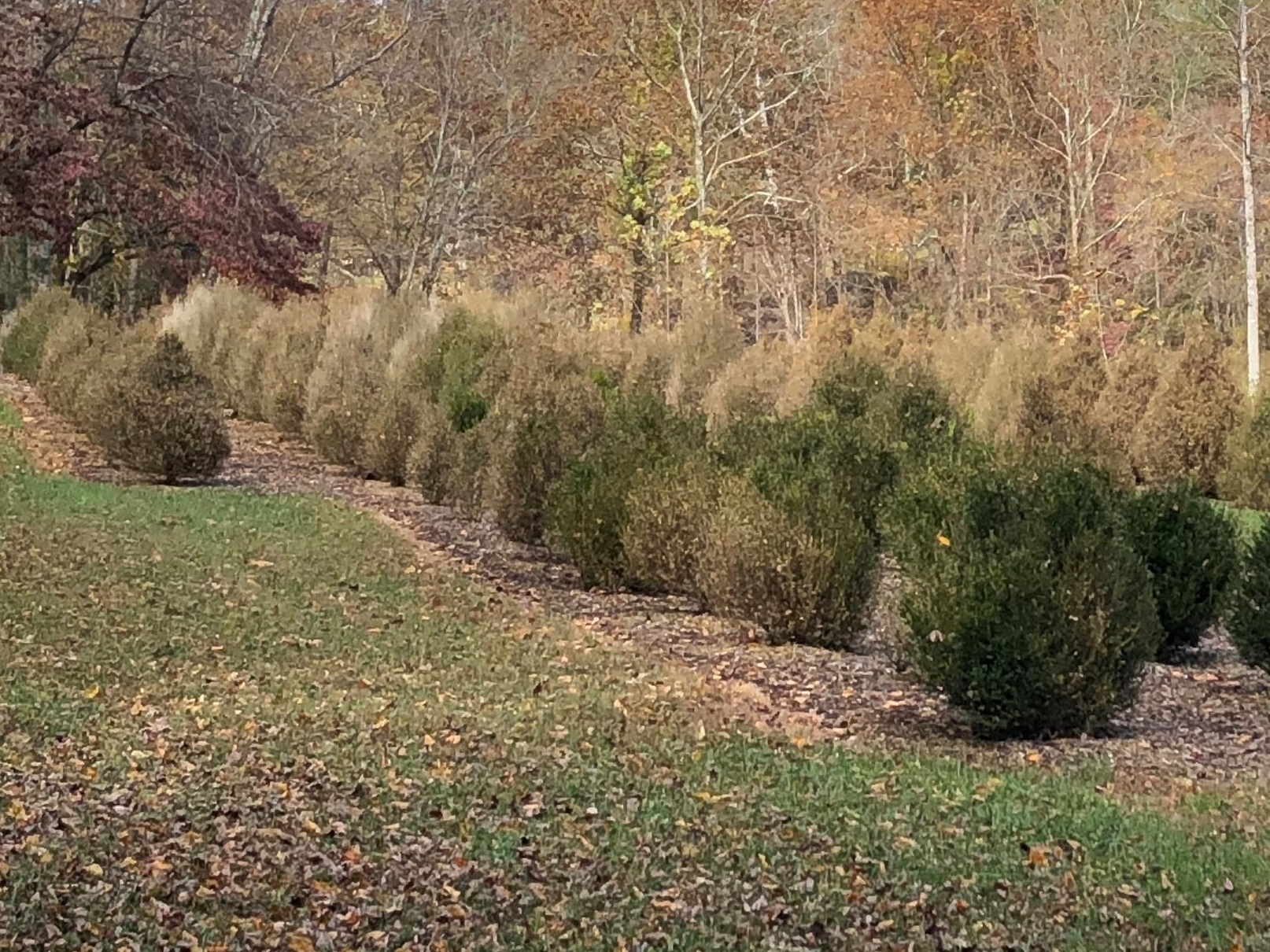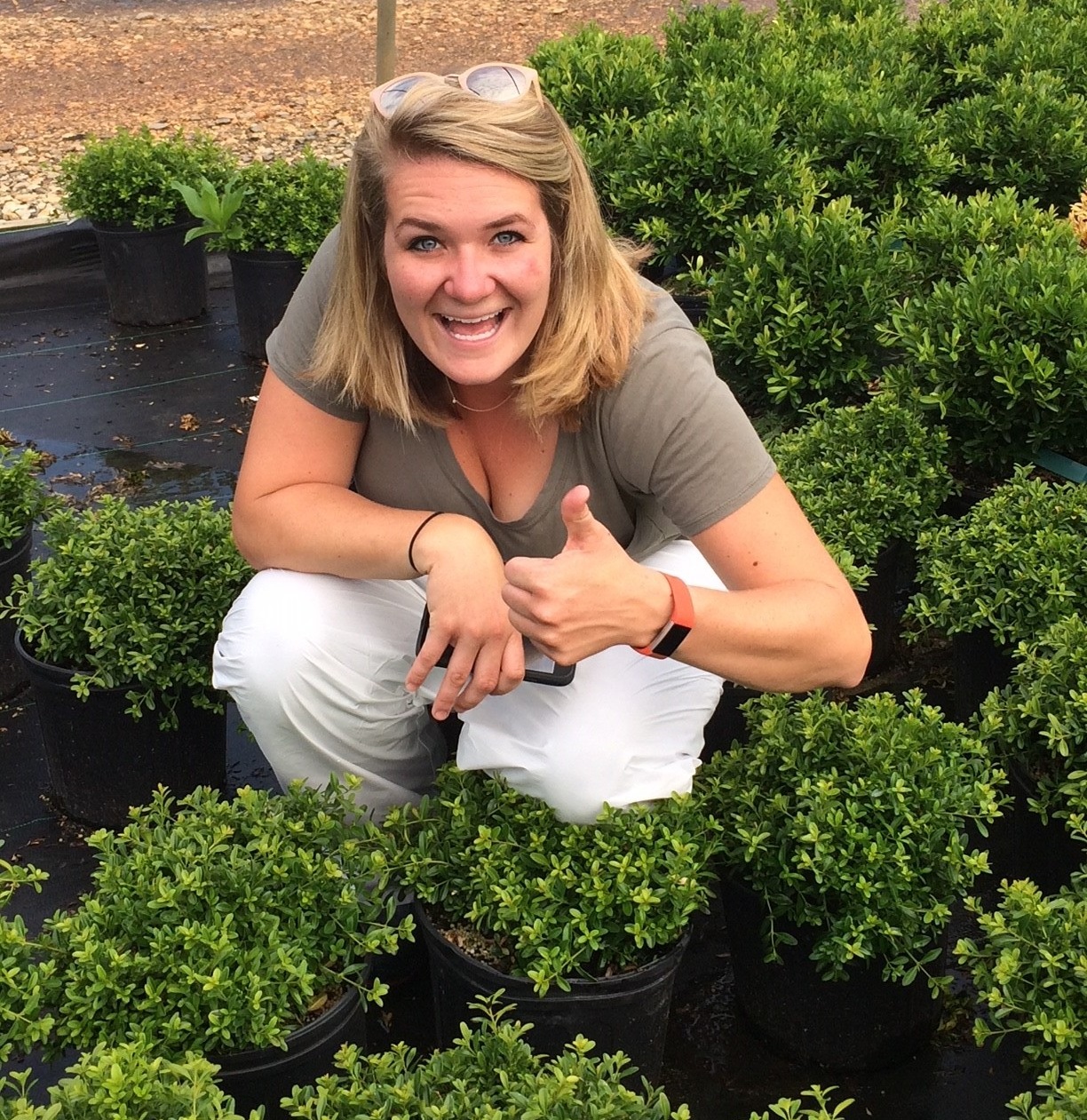NewGen Independence® in the landscape.
When new plants enter the marketplace, the emphasis is often on their benefits to the landscape. What is sometimes overlooked is how they perform for the grower. It is, of course, important to emphasize the qualities that will attract homeowners, but just as crucial is the degree of ease in growing them. When choosing plants for the NewGen™ program, we wanted plants that would be able to perform in a production environment as well as for the consumer.
NewGen Freedom® in the landscape.
In addition to their disease tolerance and pest resistance, both NewGen Independence and NewGen Freedom© are exceptional growers in both container and field settings. These plants will impress any grower with their tenacity, uniformity and performance in propagation and production.
UNIFORMITY


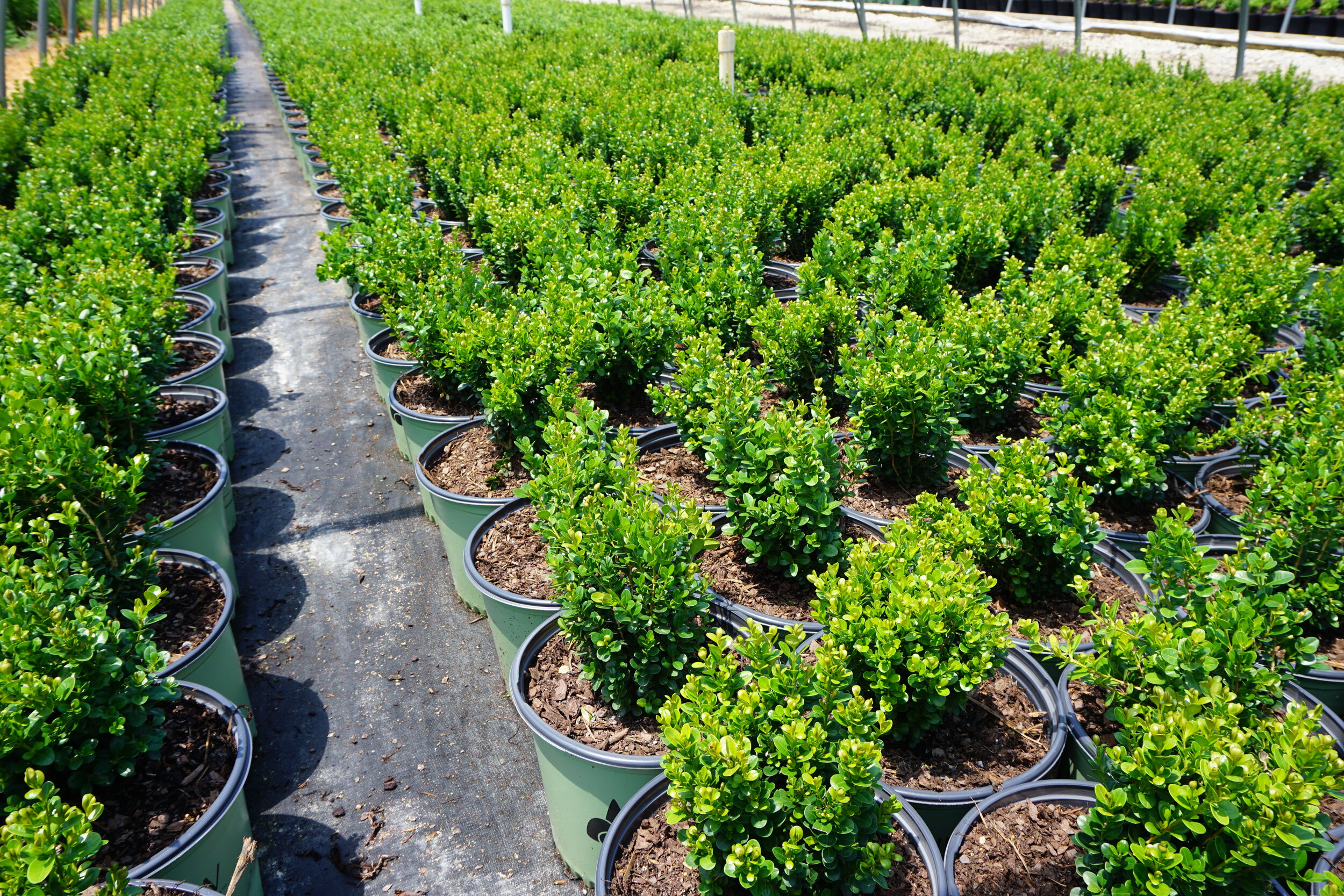
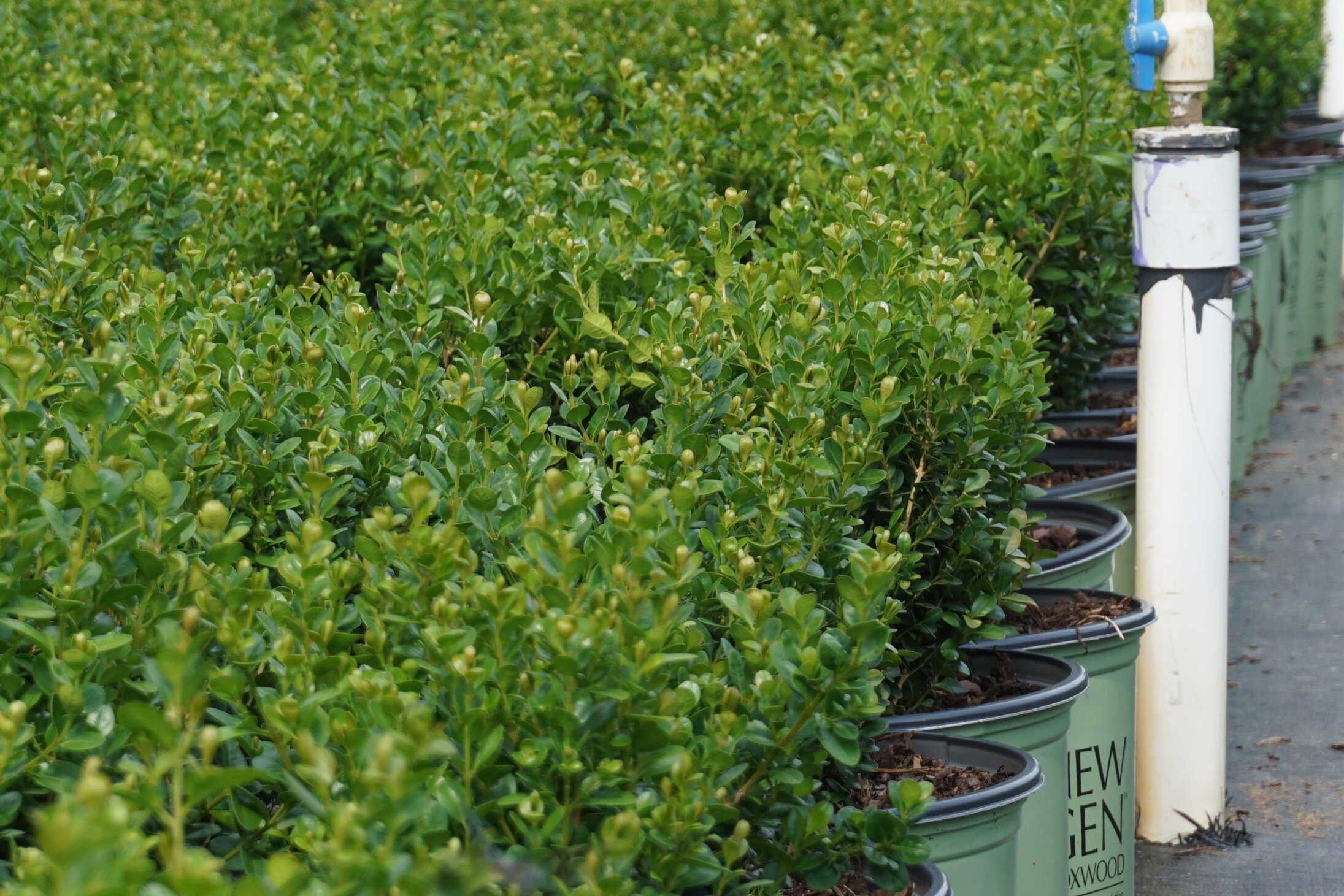
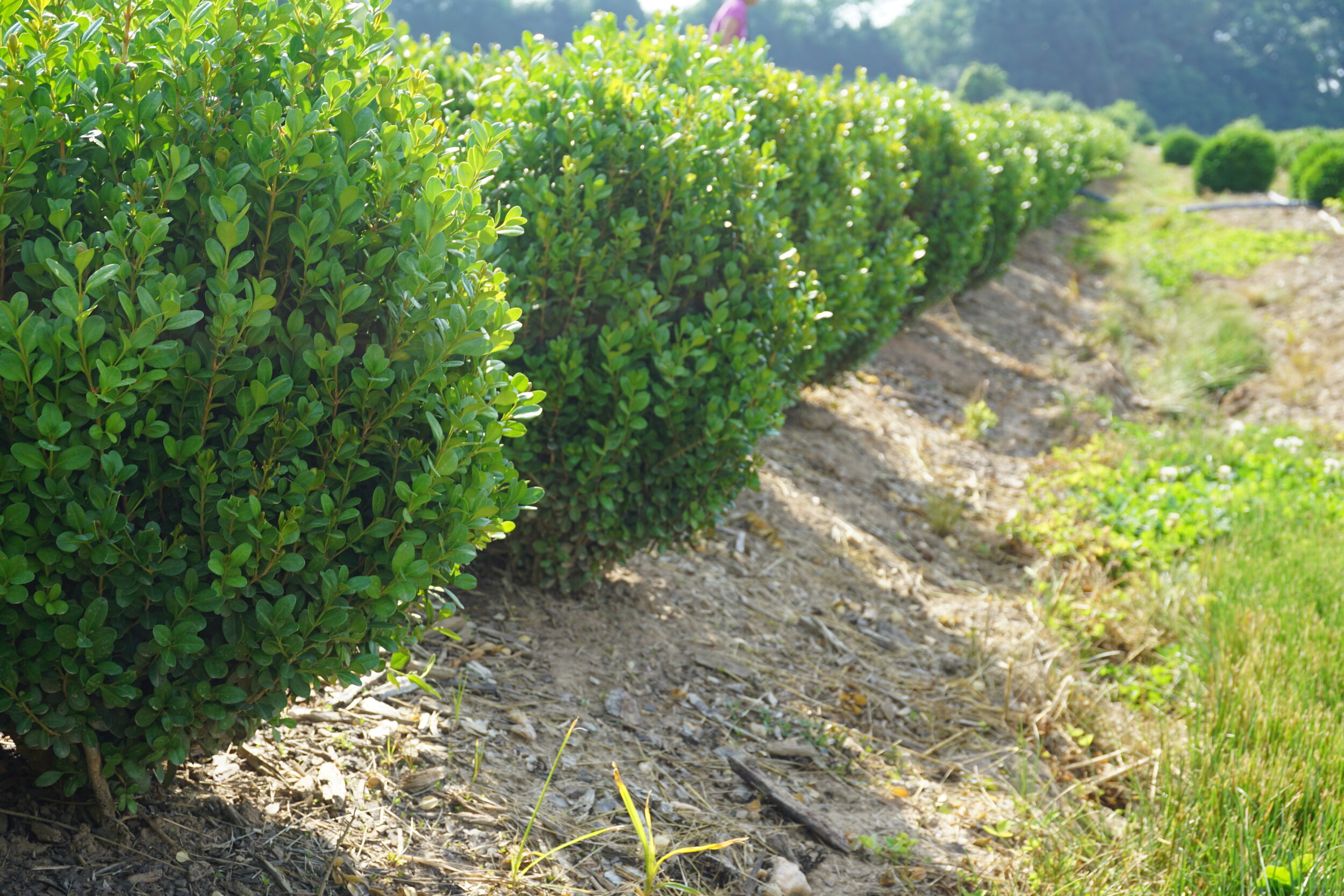
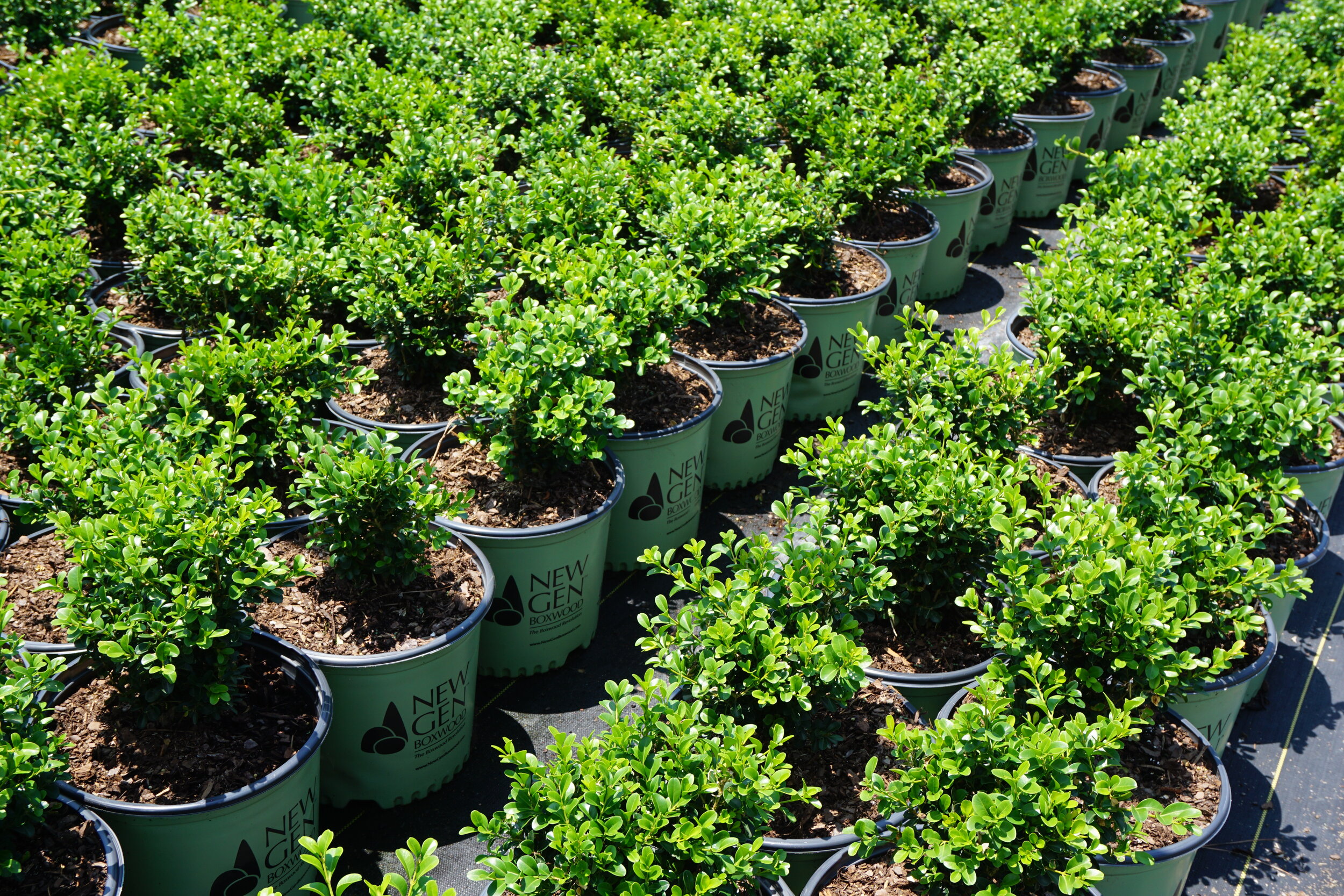
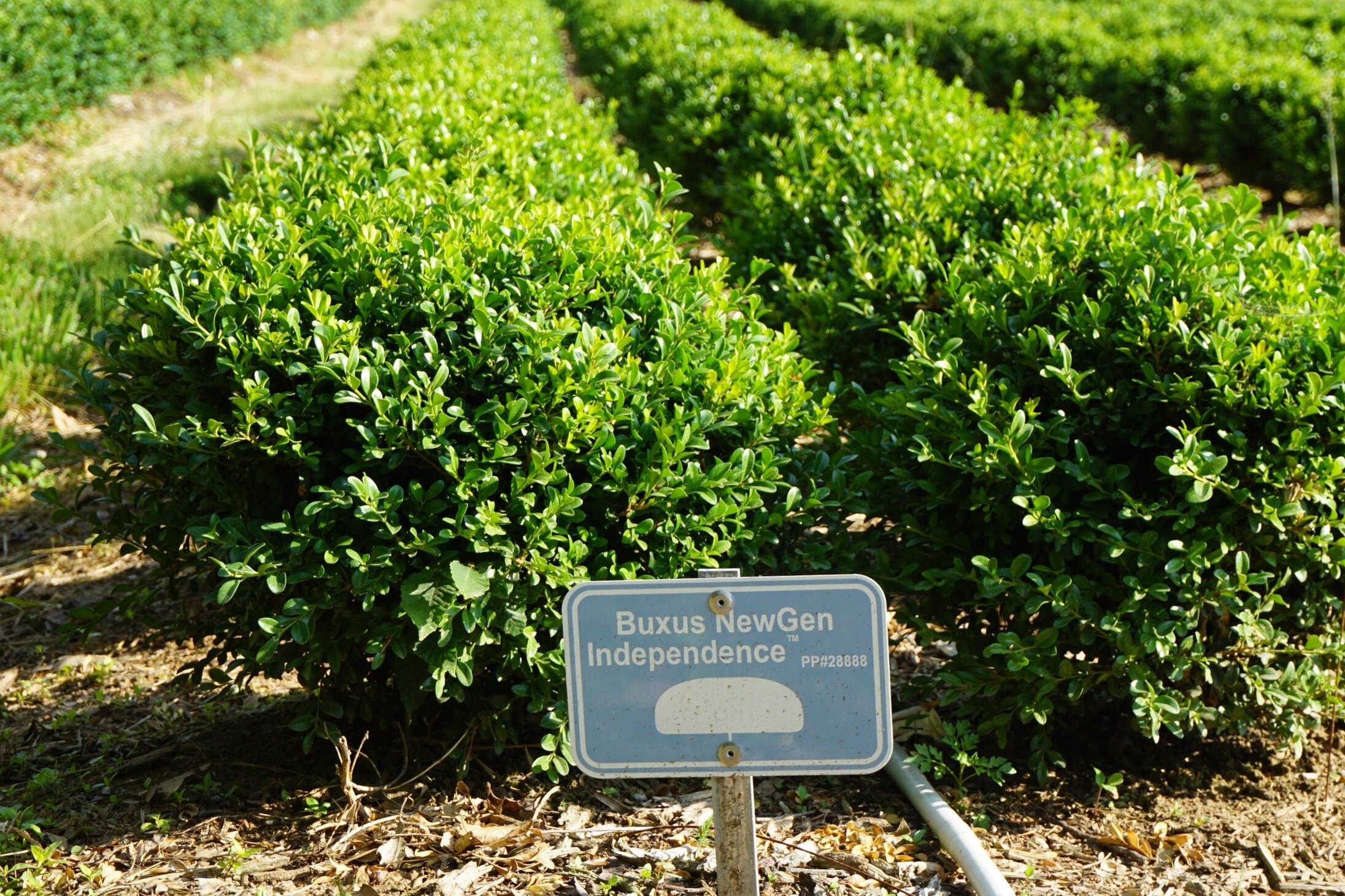
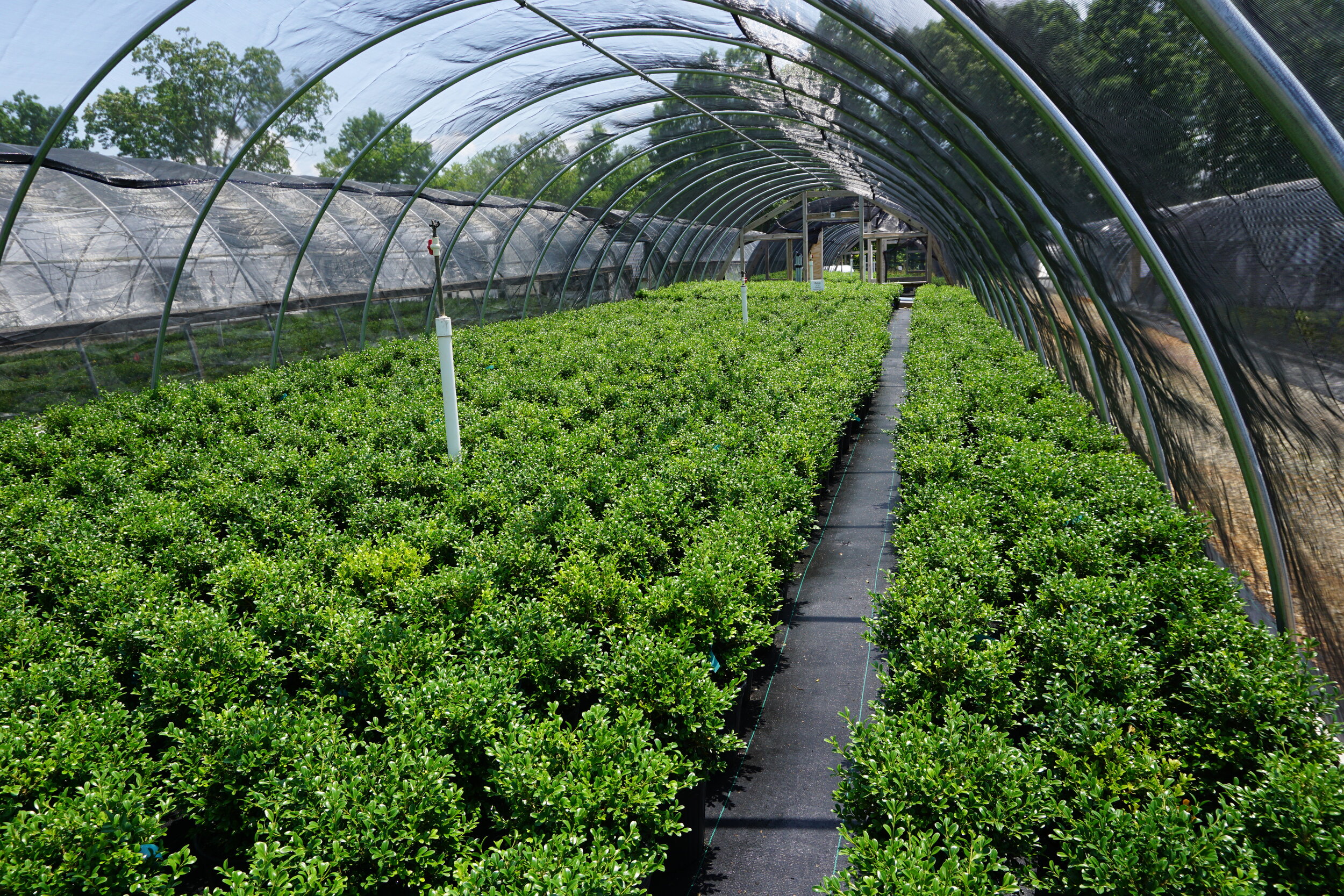
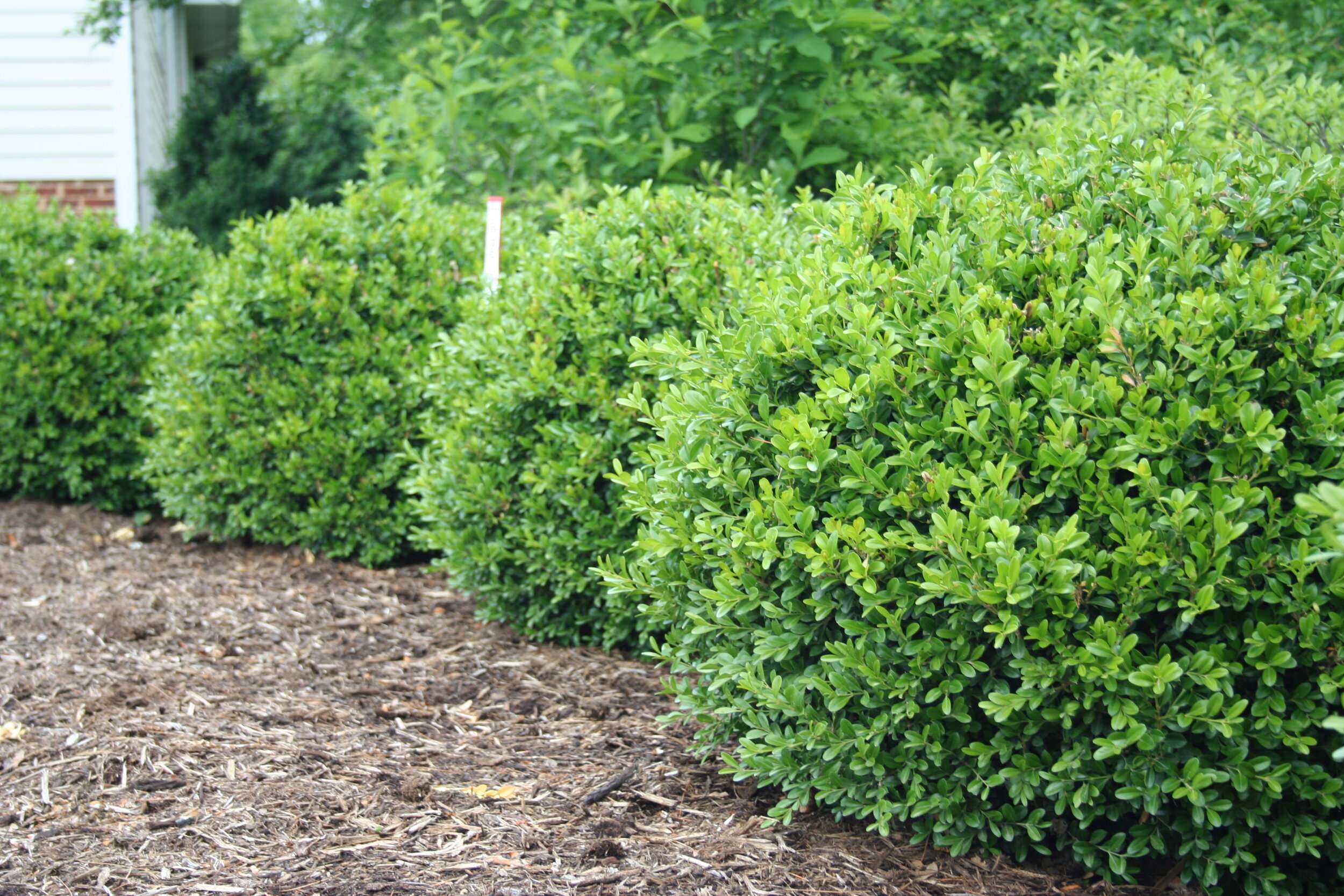
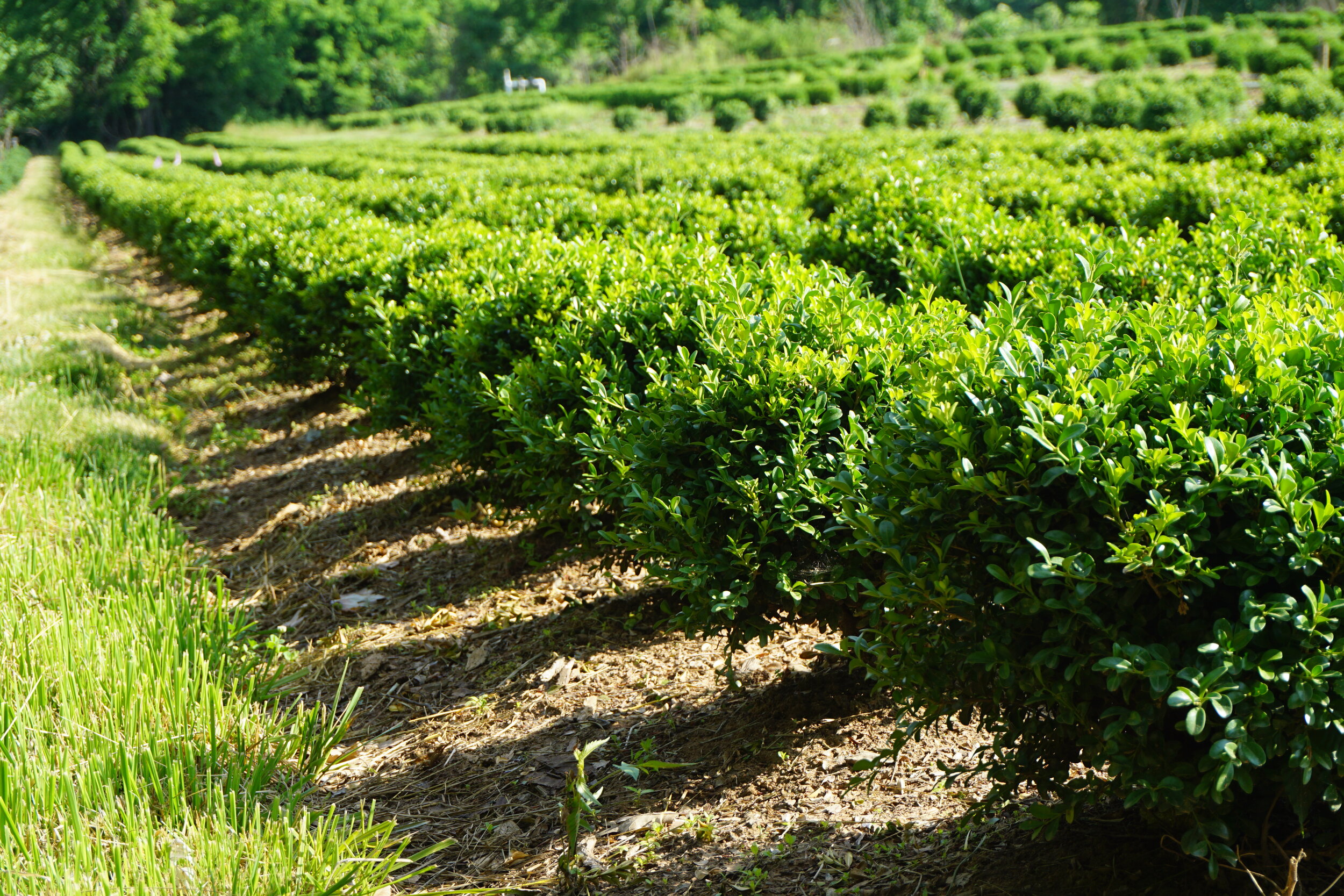
Uniformity is an important characteristic in production because it eases overall plant maintenance. Whether for pruning, spacing, or water and fertilizer needs, having plants that grow uniformly can make general maintenance a breeze. Early selections of both NewGen™ boxwood show outstanding uniformity. At the Saunders Brothers nursery, we grow plants in both containers and in the field; there is impressive consistency across the board in both environments. [See examples above of plants in both field and container production.]
Tenacity: Pest and Disease Tolerance
Uniform and clean NewGen Freedom® in container production.
Tolerance to pests and disease were top priorities when we made selections for the NewGen™ program, especially in light of the threat of Boxwood Blight and Boxwood Leaf Miner. However, it was also important that these plants could thrive in an environment where there are other diseases common to a growing setting. Both selections have done well against other diseases such as Phytophthora (common root rot) and Volutella. In the pictures following, you can see where these plants continue to thrive even when grown next to plants subjected to the very same diseases and environmental conditions.
Spotless foliage of NewGen Independence®.
Shiny, clean foliage of NewGen Freedom®
Propagation
A traditional propagation house with mist running, creating a very warm, humid environment for the cuttings.
A full house of NewGen Freedom® liners.
Growers also need to consider ease of propagation. There are many different methods of propagation but “cutting propagation” is one of the most common. During the process of producing roots, plants are particularly vulnerable. The warm, high humidity environment that promotes rooting is also conducive to higher disease exposure, and unrooted cuttings are fragile. Both NewGen Freedom© and NewGen Independence© are stellar propagation performers! They are quick to root and maintain a uniform growing habit, making them simpler to bring to maturity.
A few full flats of clean NewGen™ liners ready to be shipped!
NewGen™ aims to offer high quality plants that are easy to maintain and grow, both for growers and those who purchase the plants. These boxwood combine Grower Friendliness and exceptional landscape appeal in plants that will perform beautifully for years to come.










